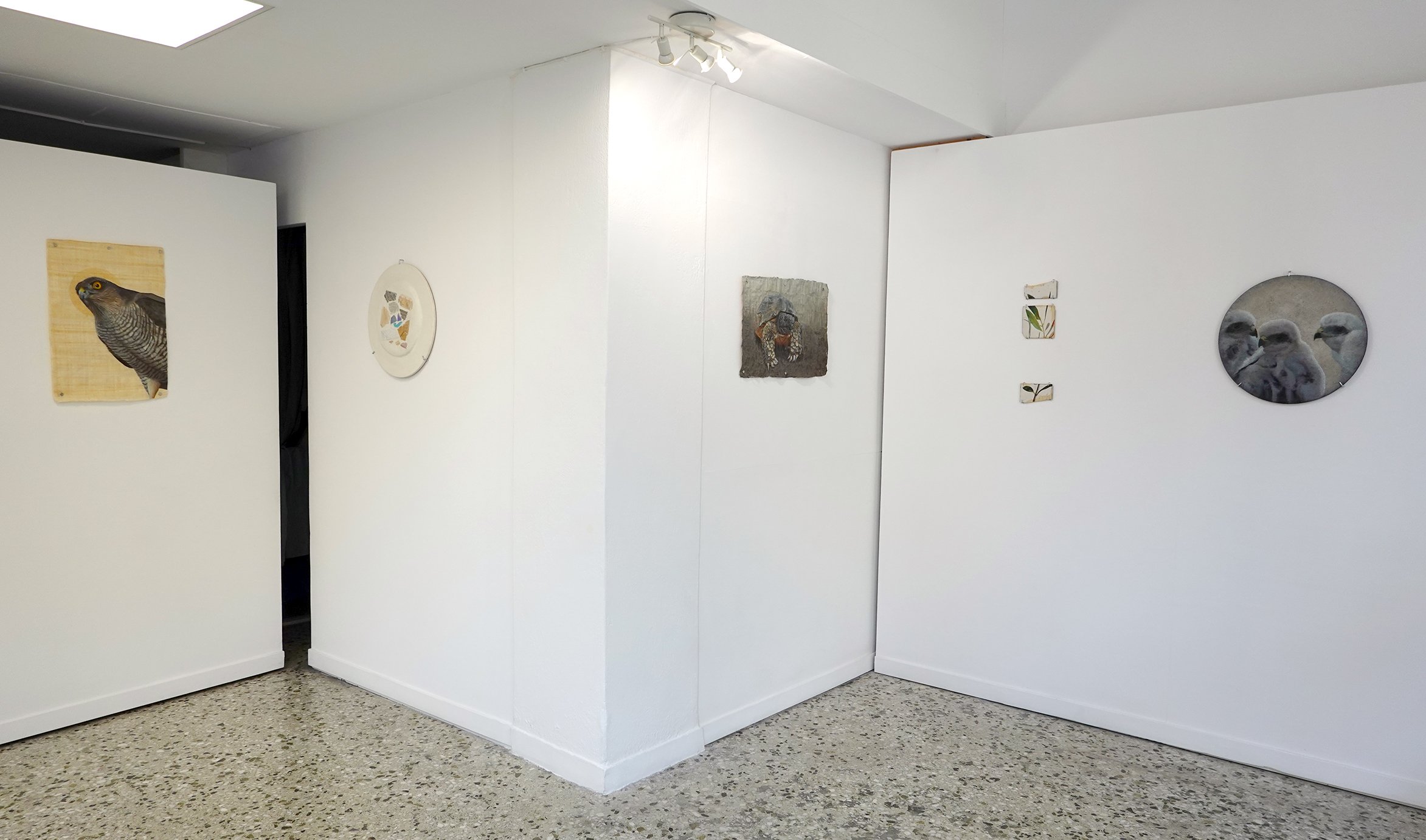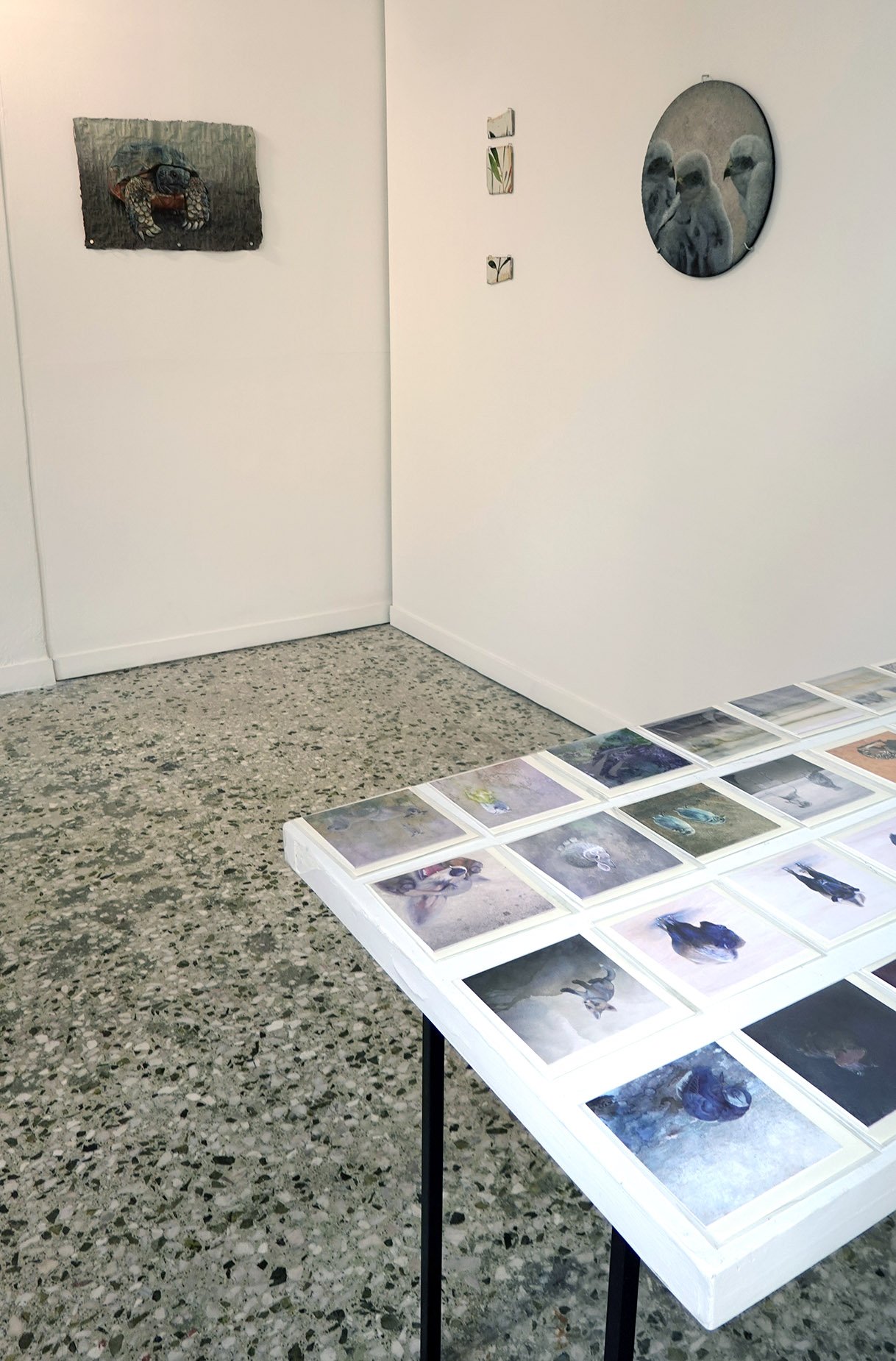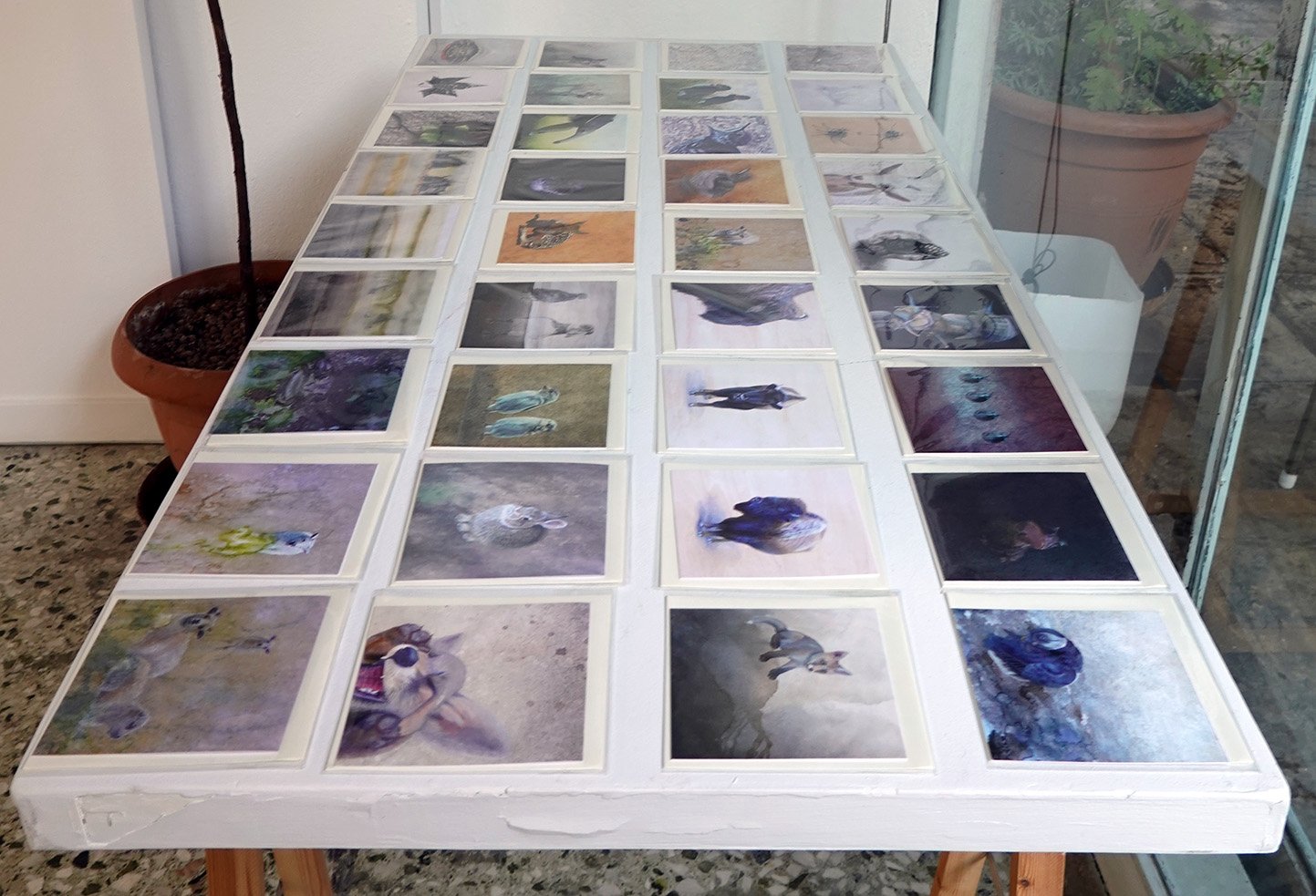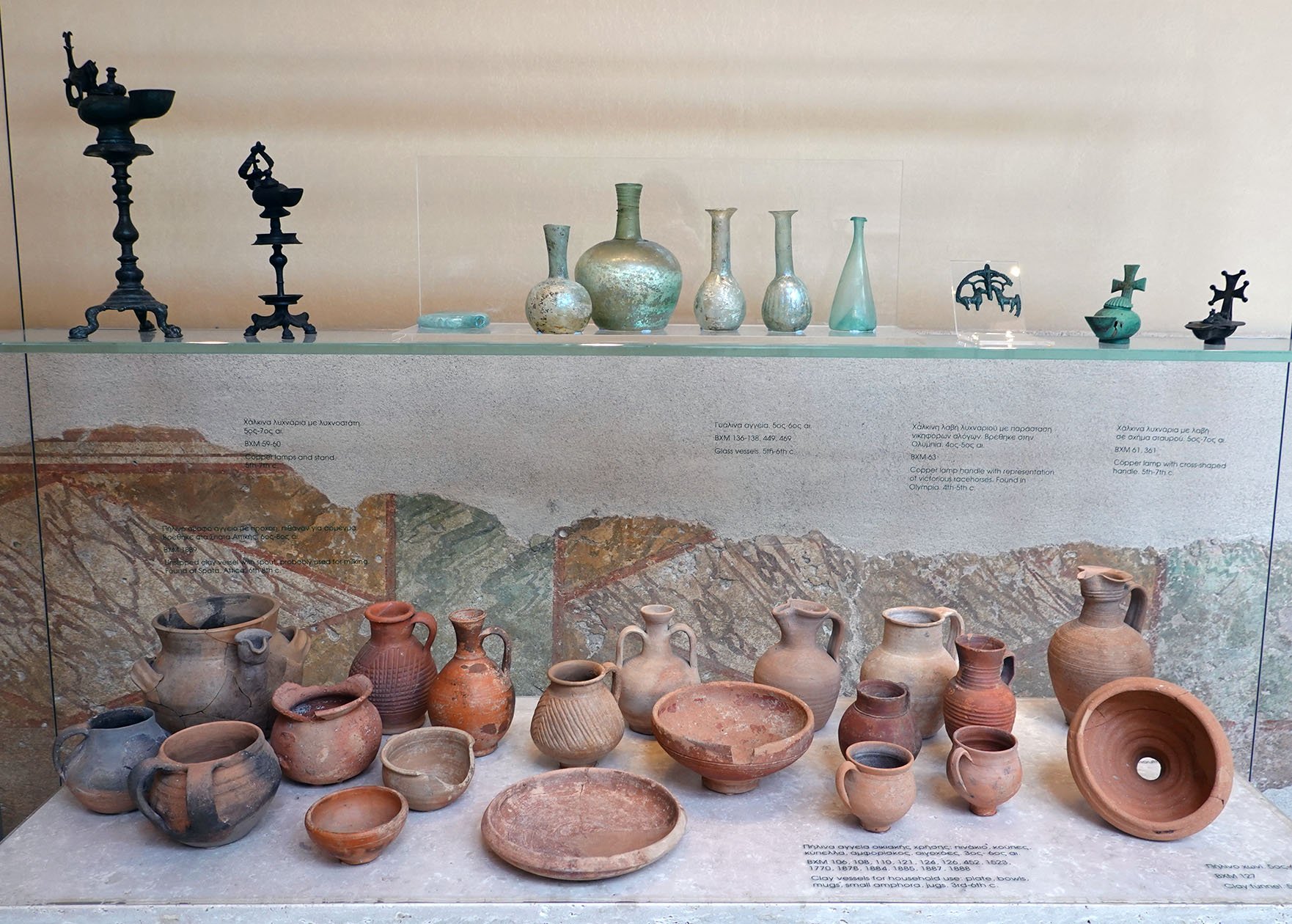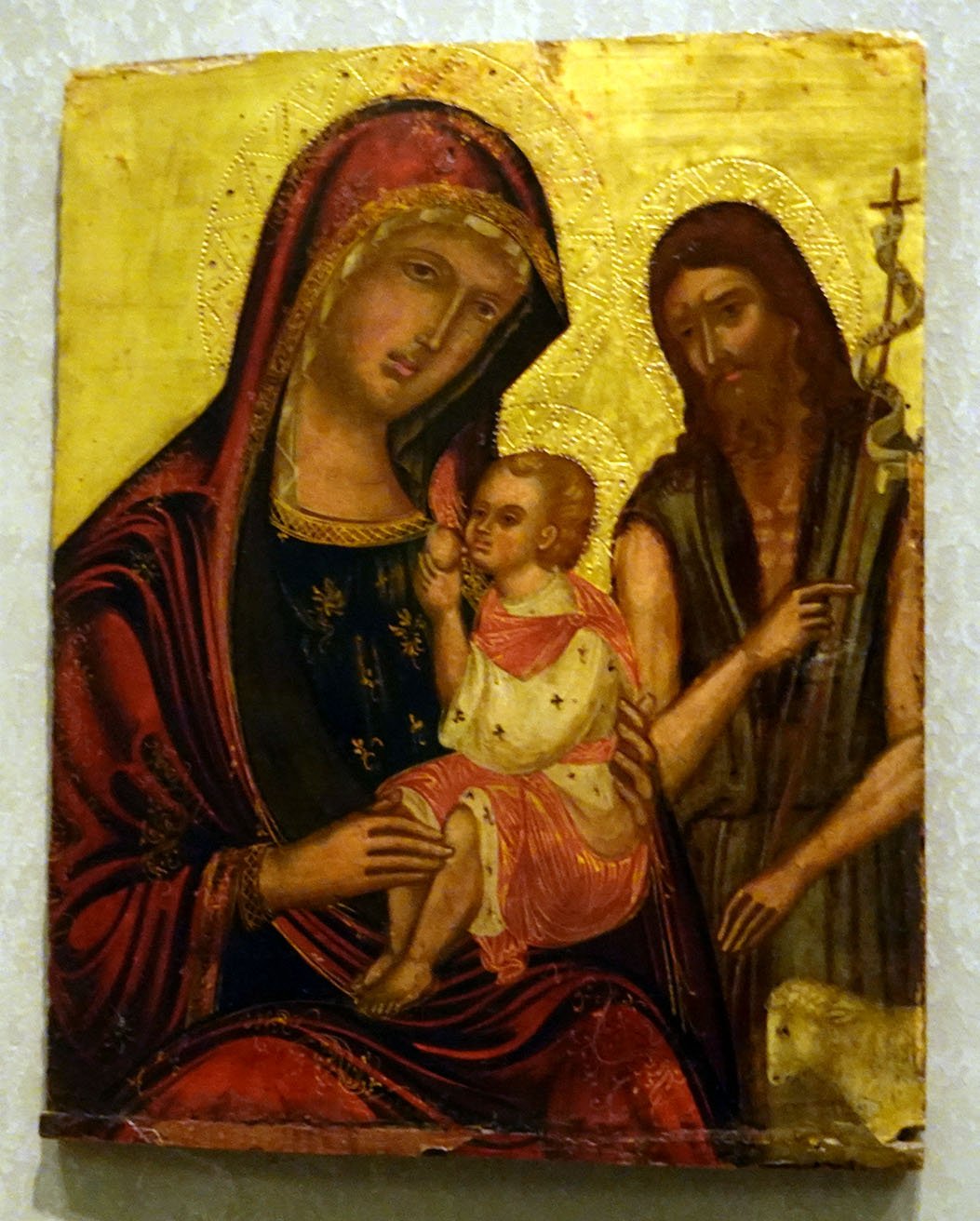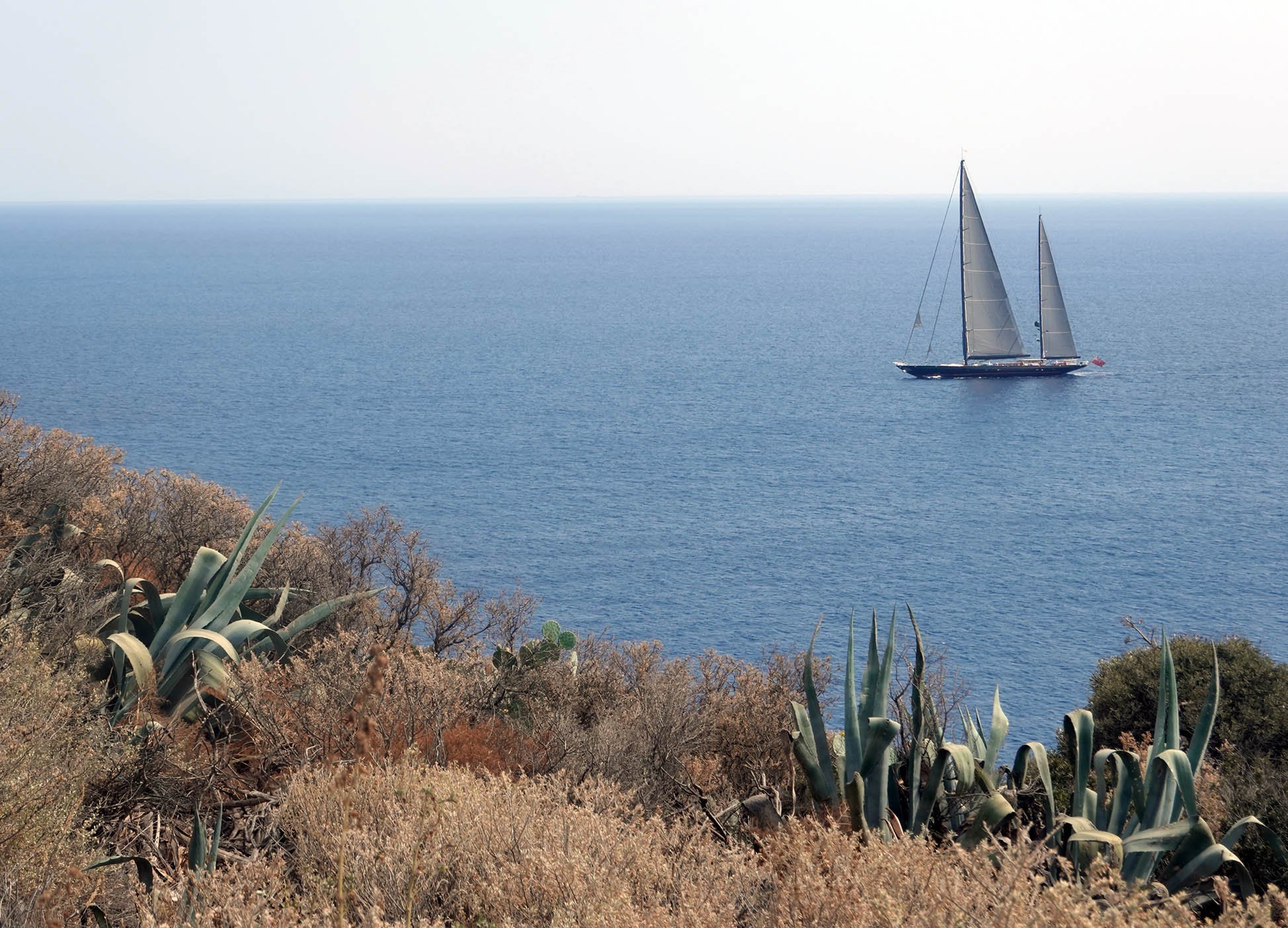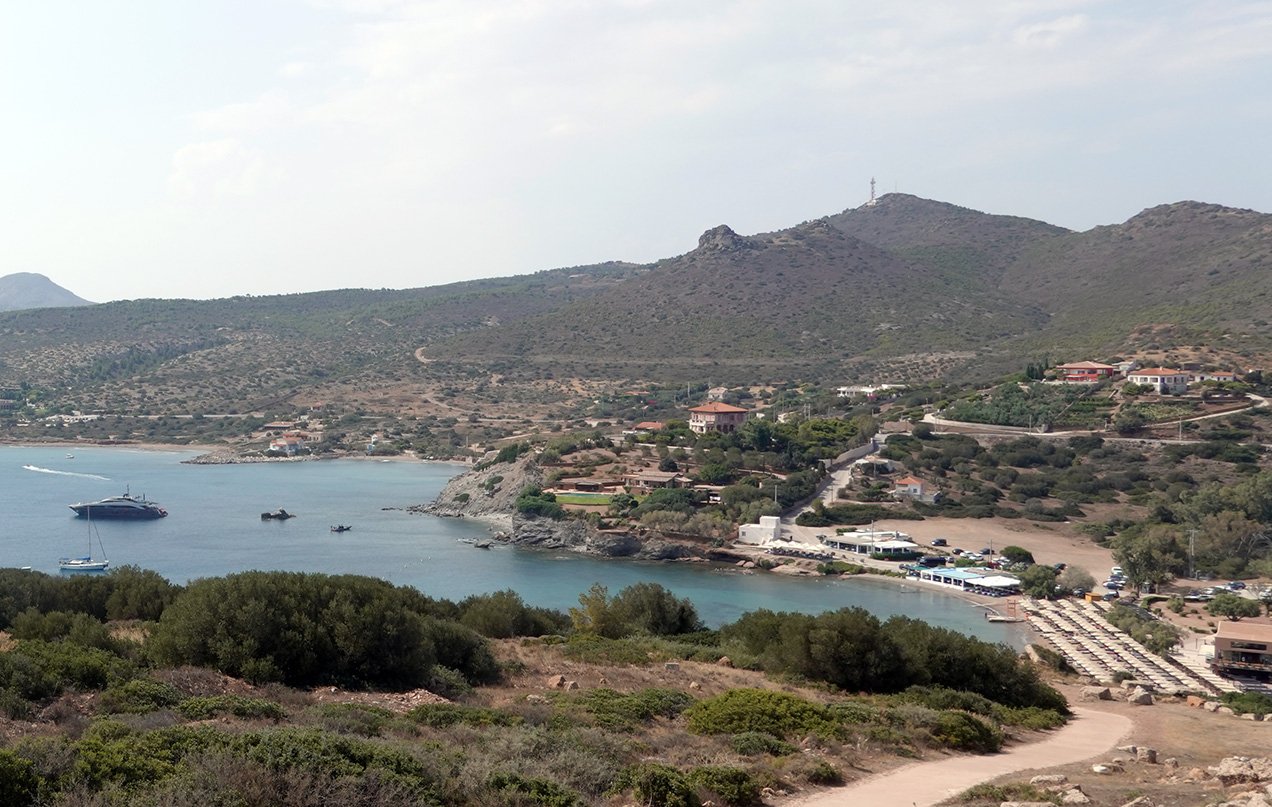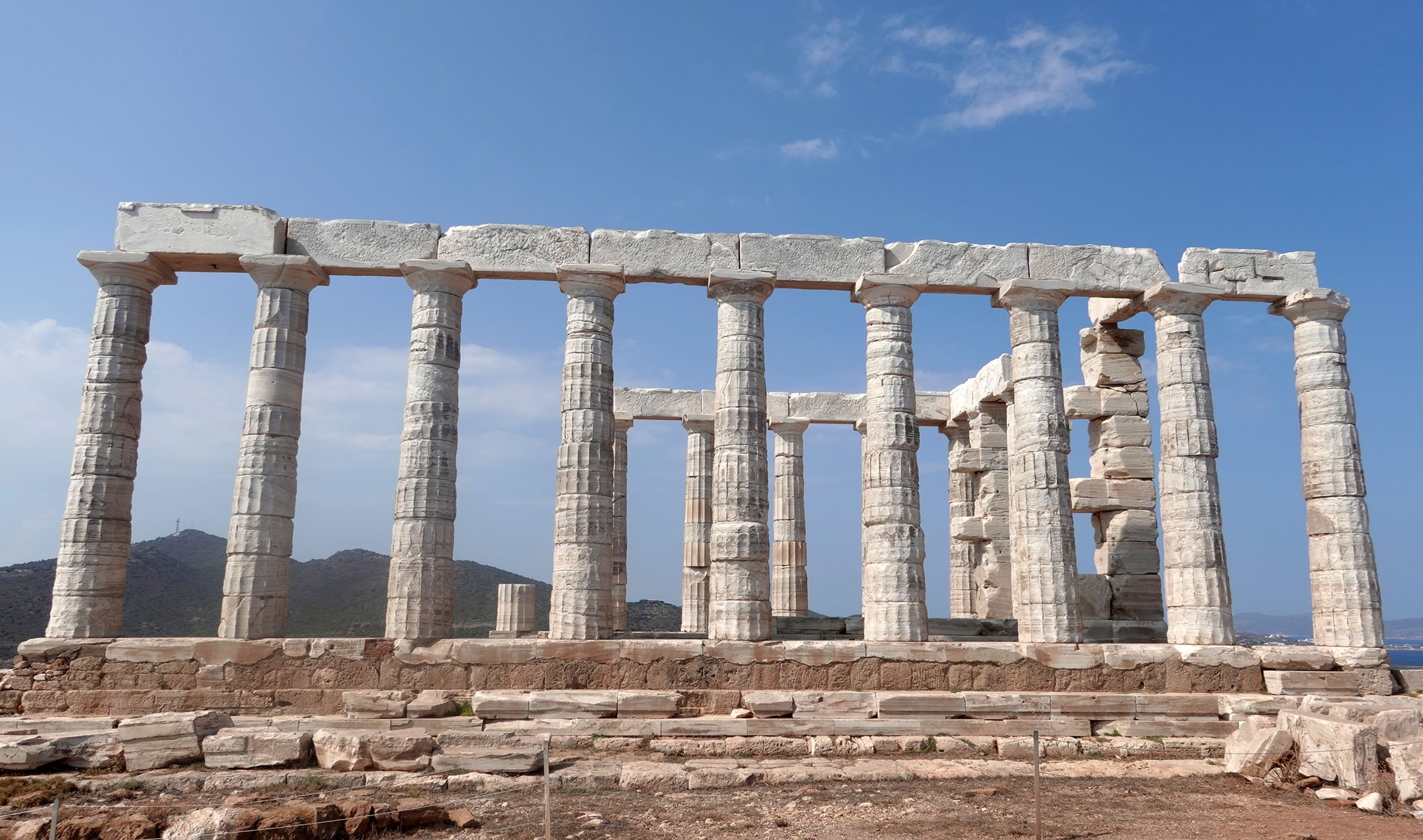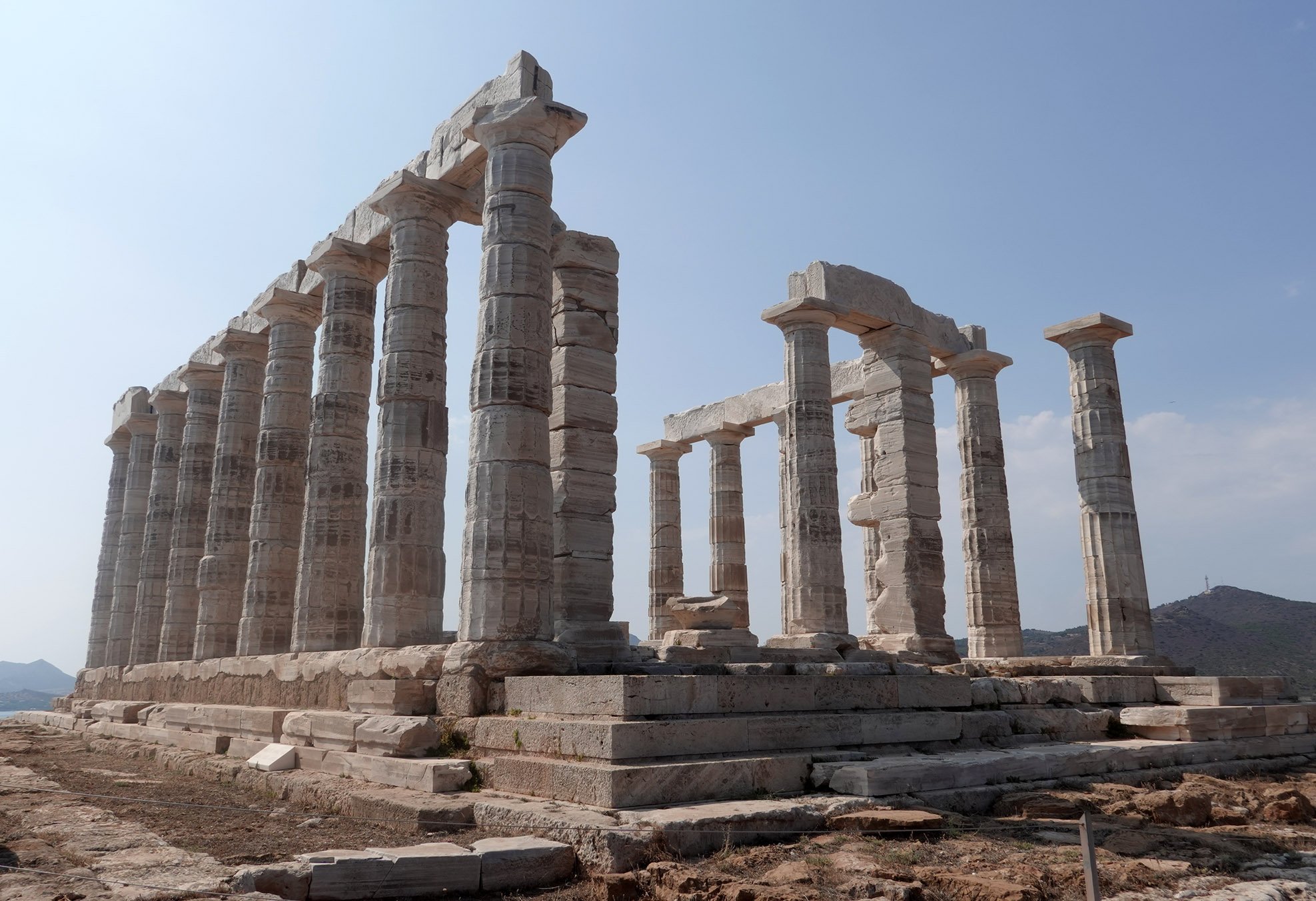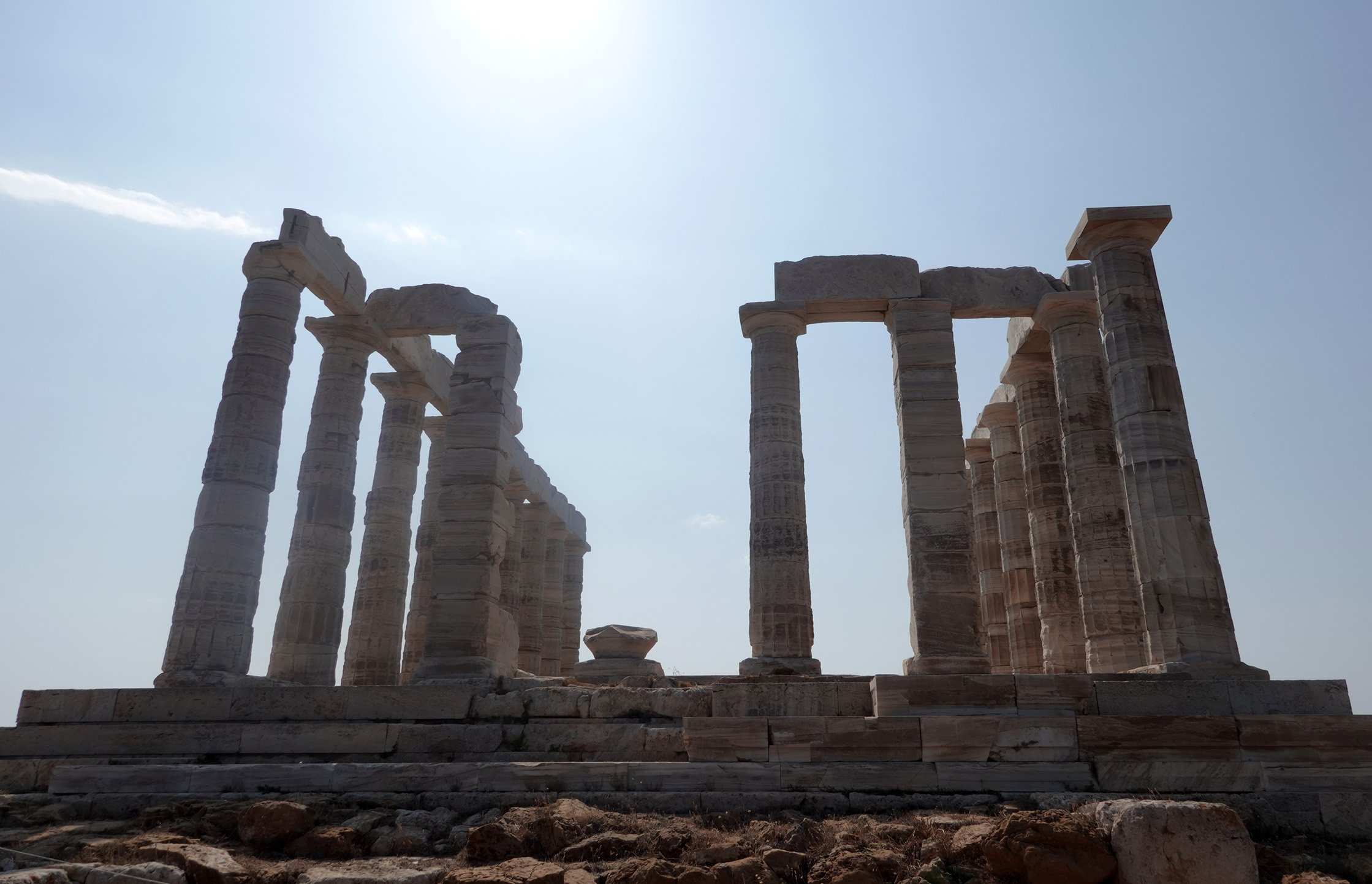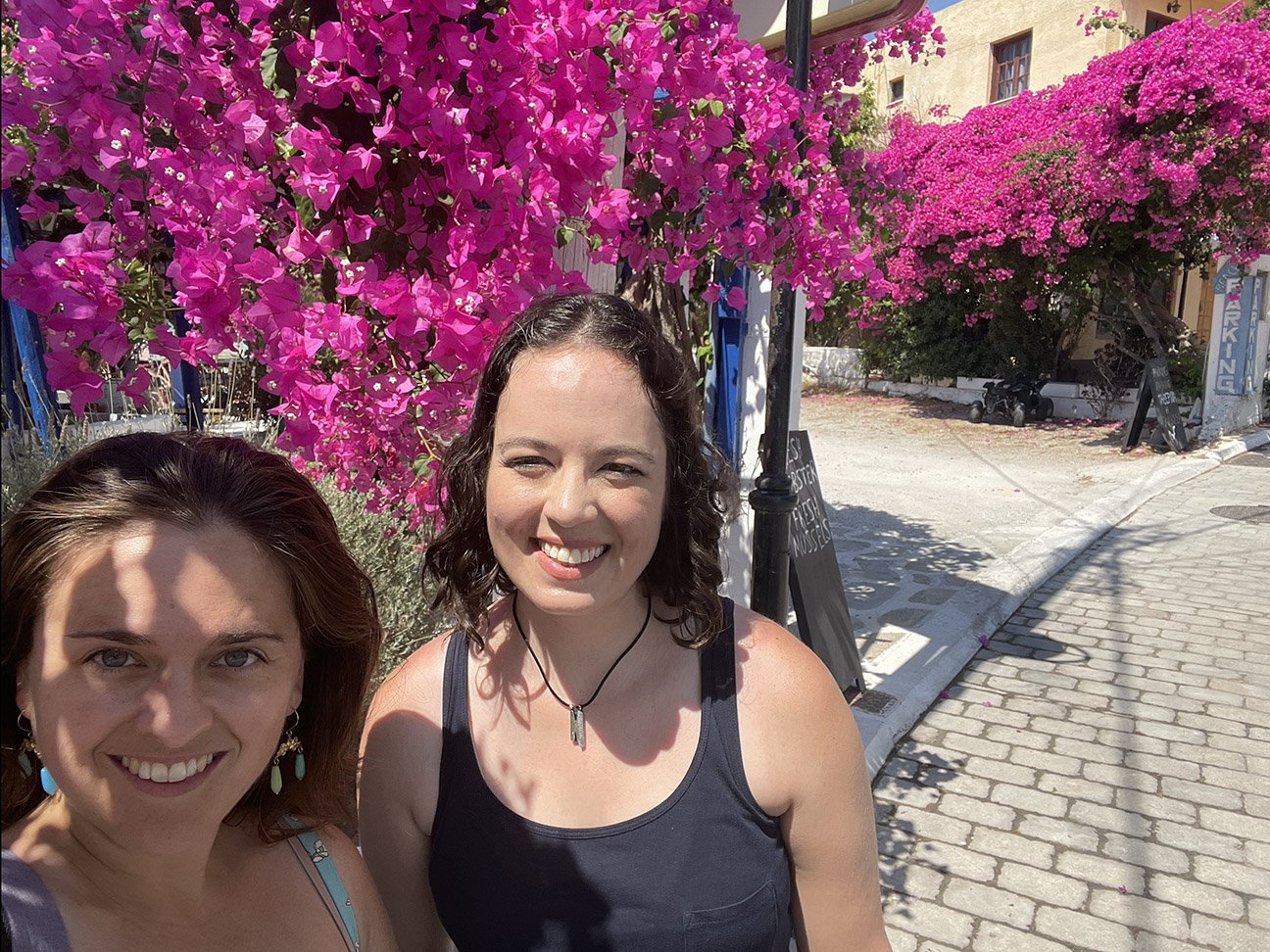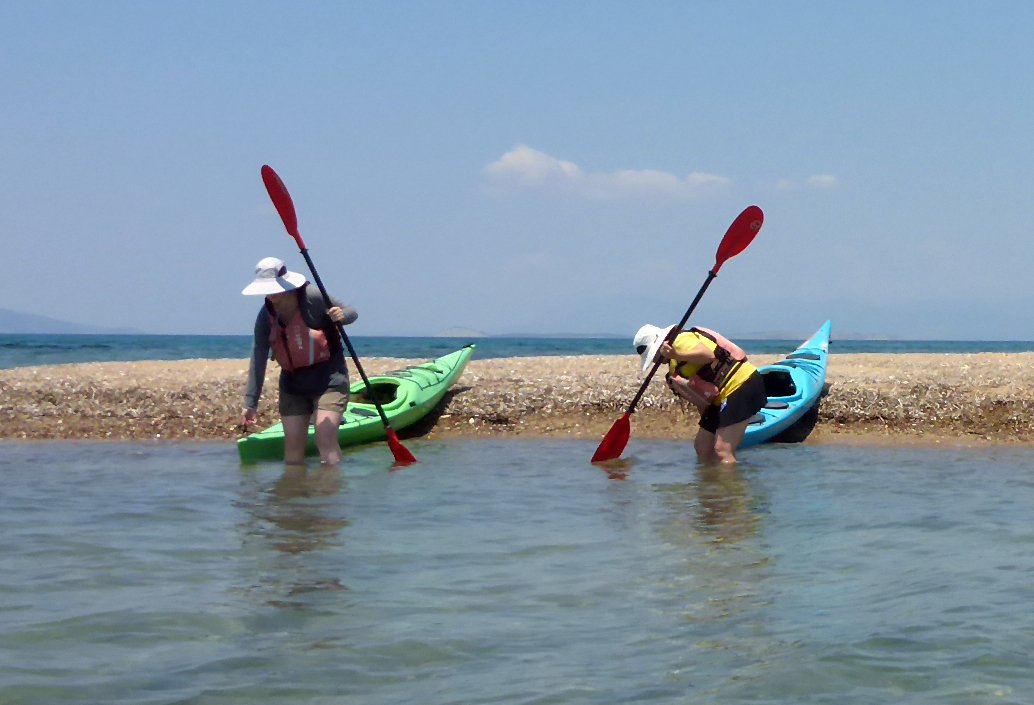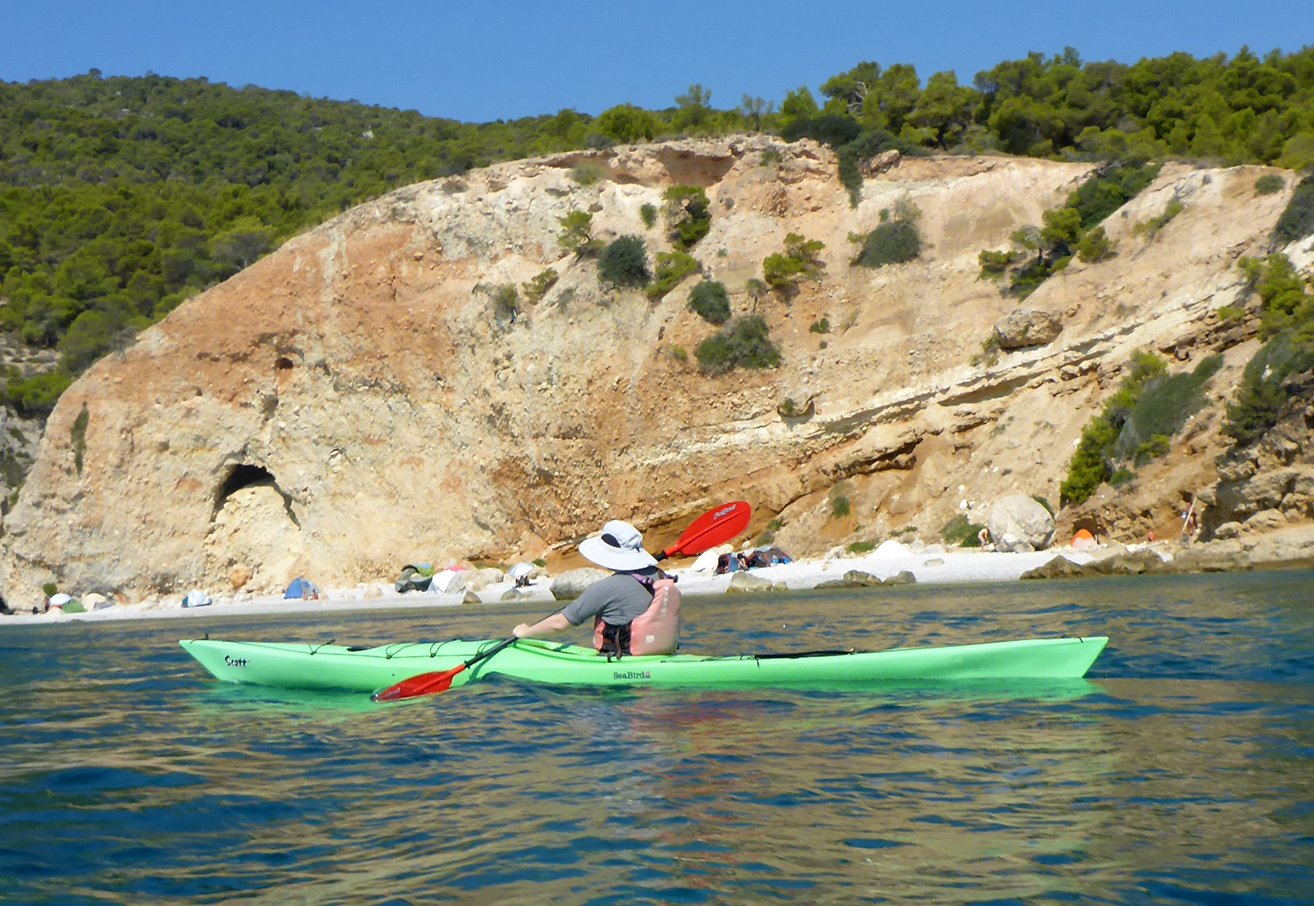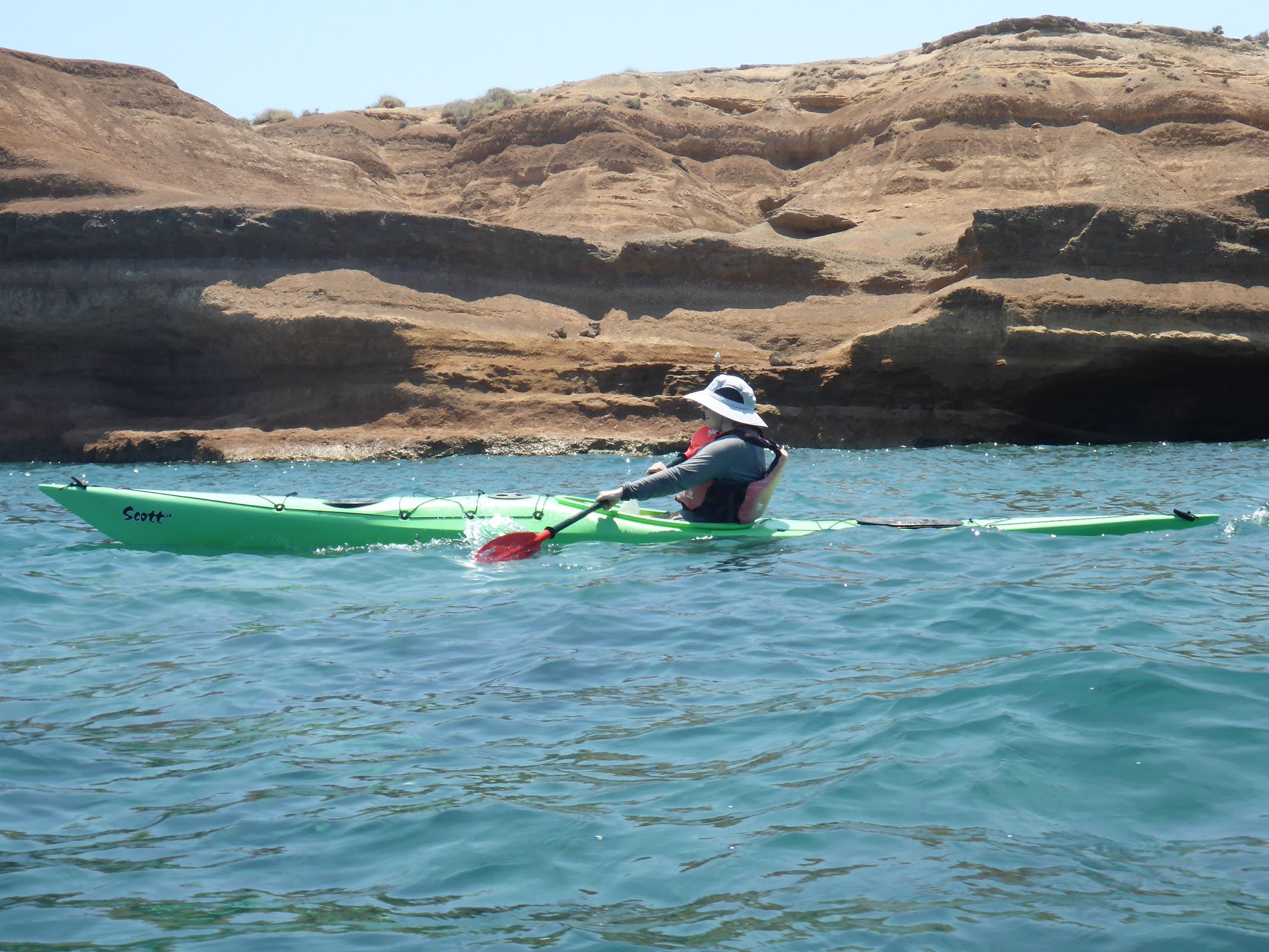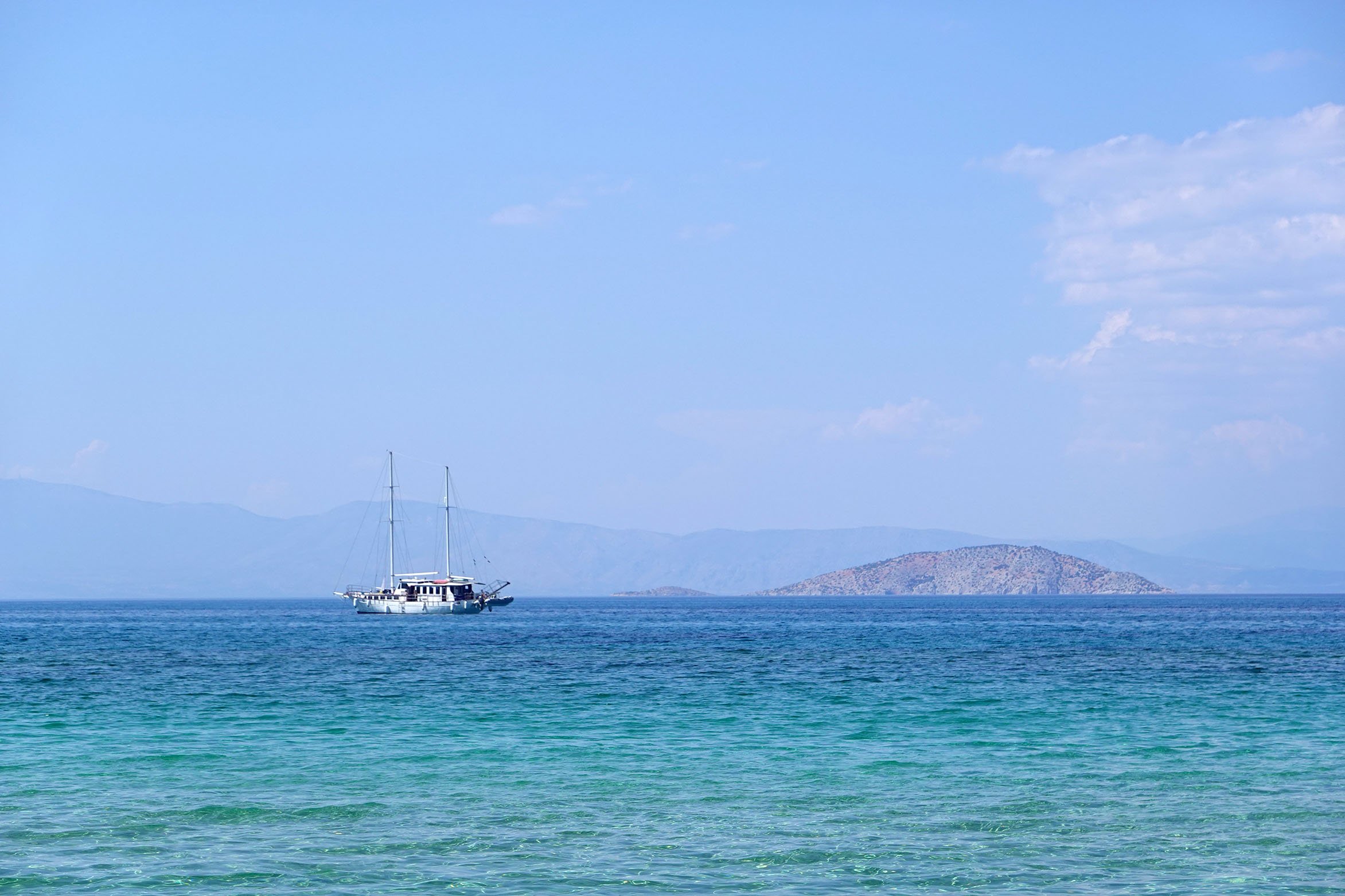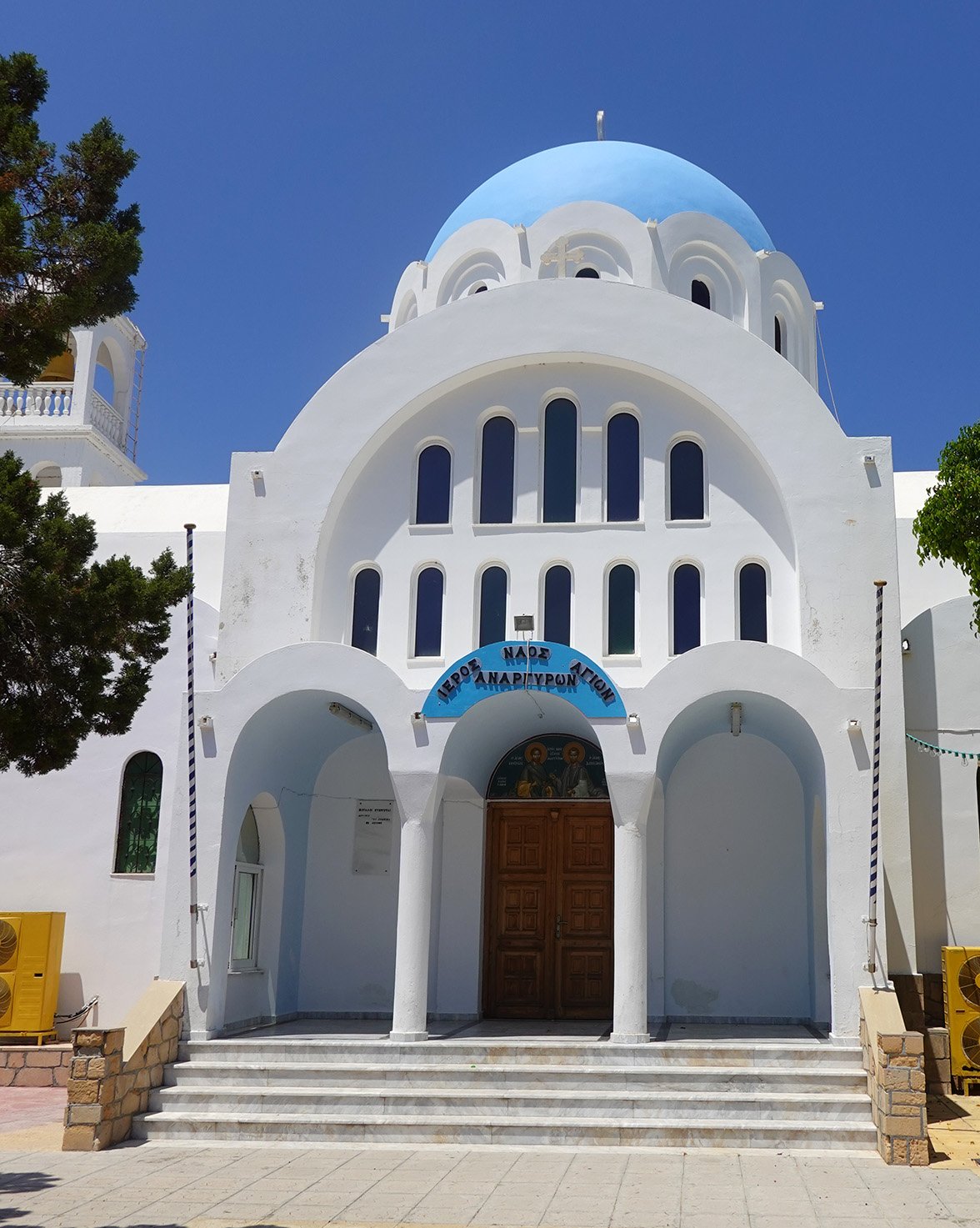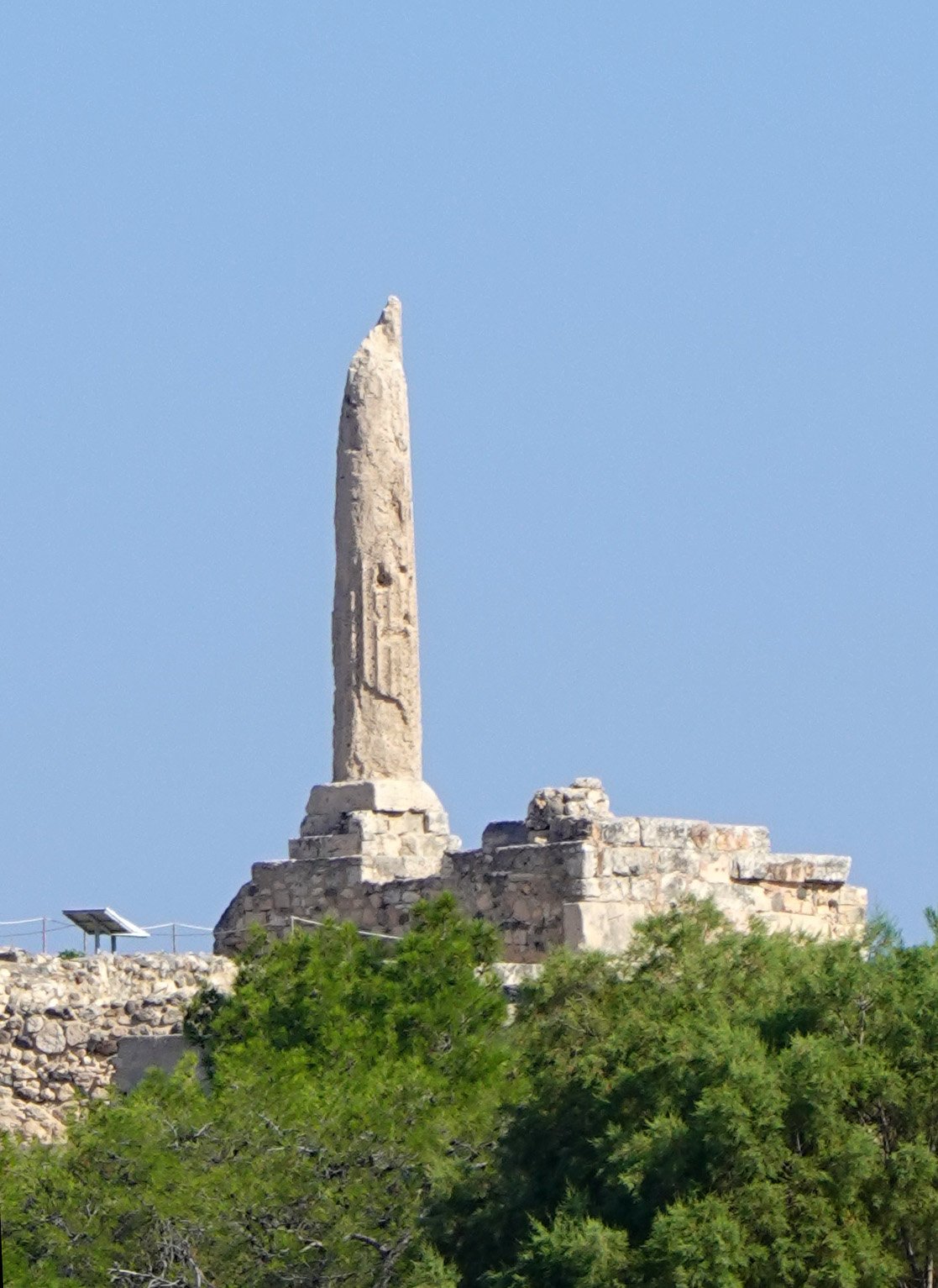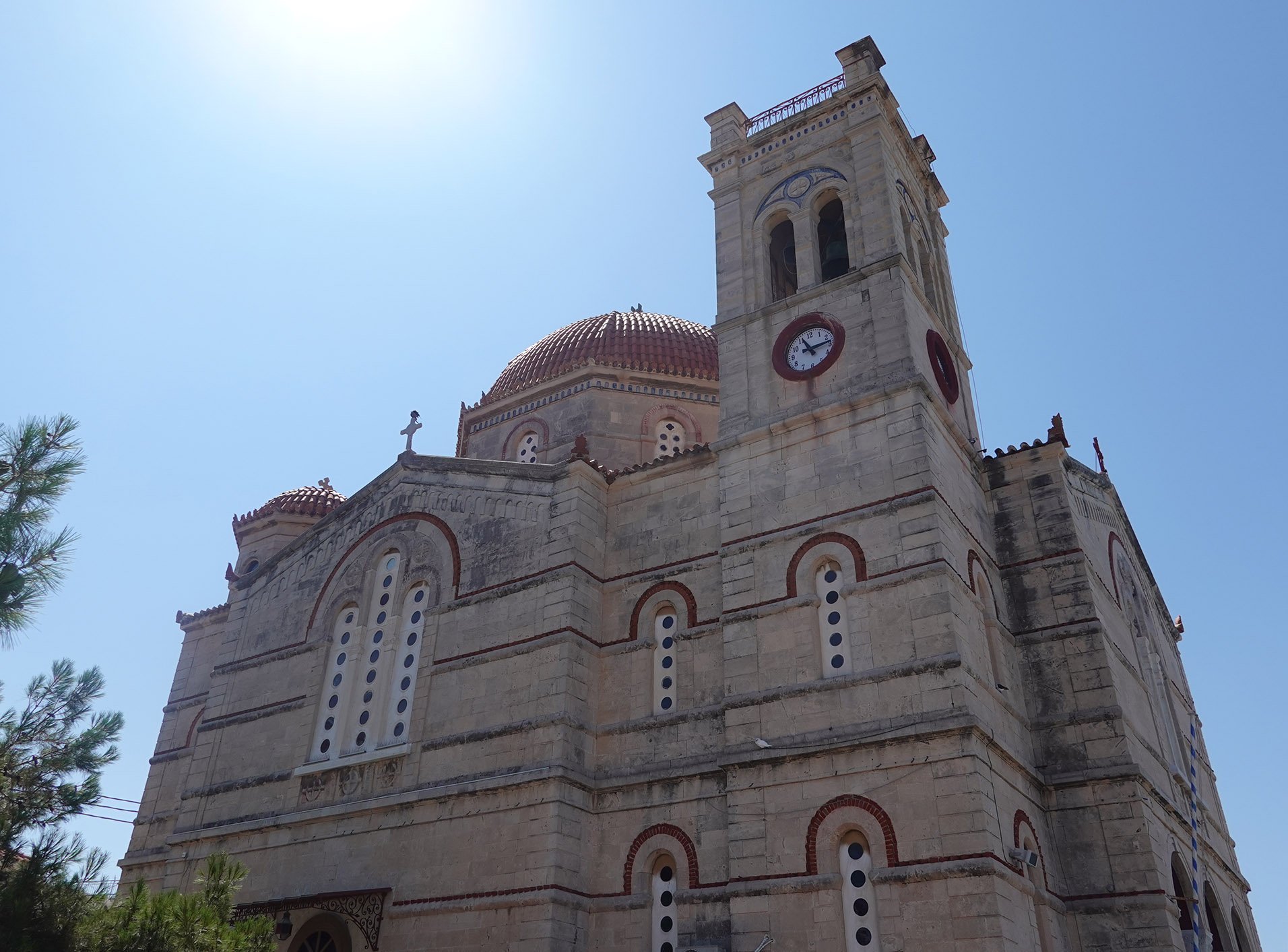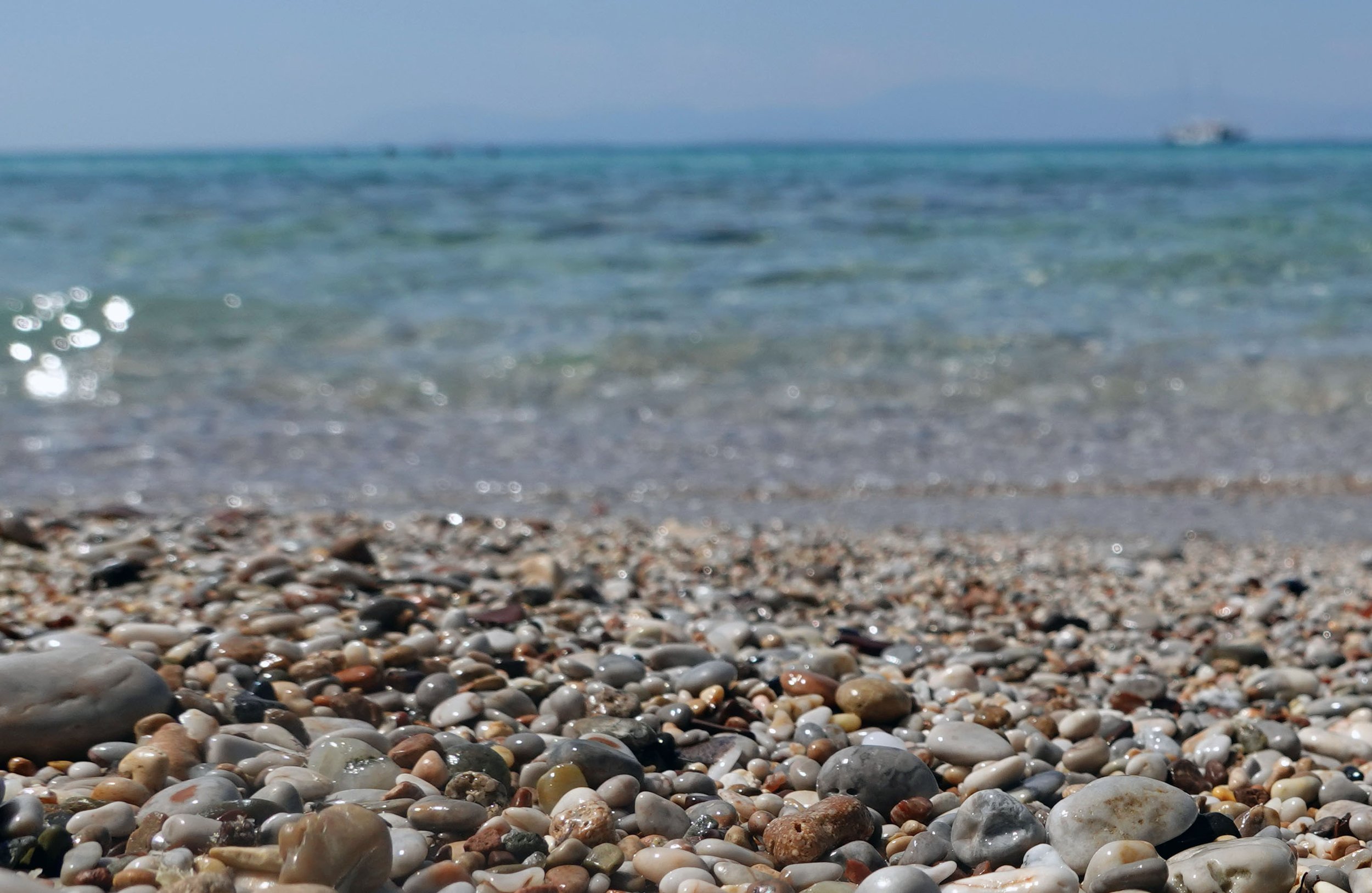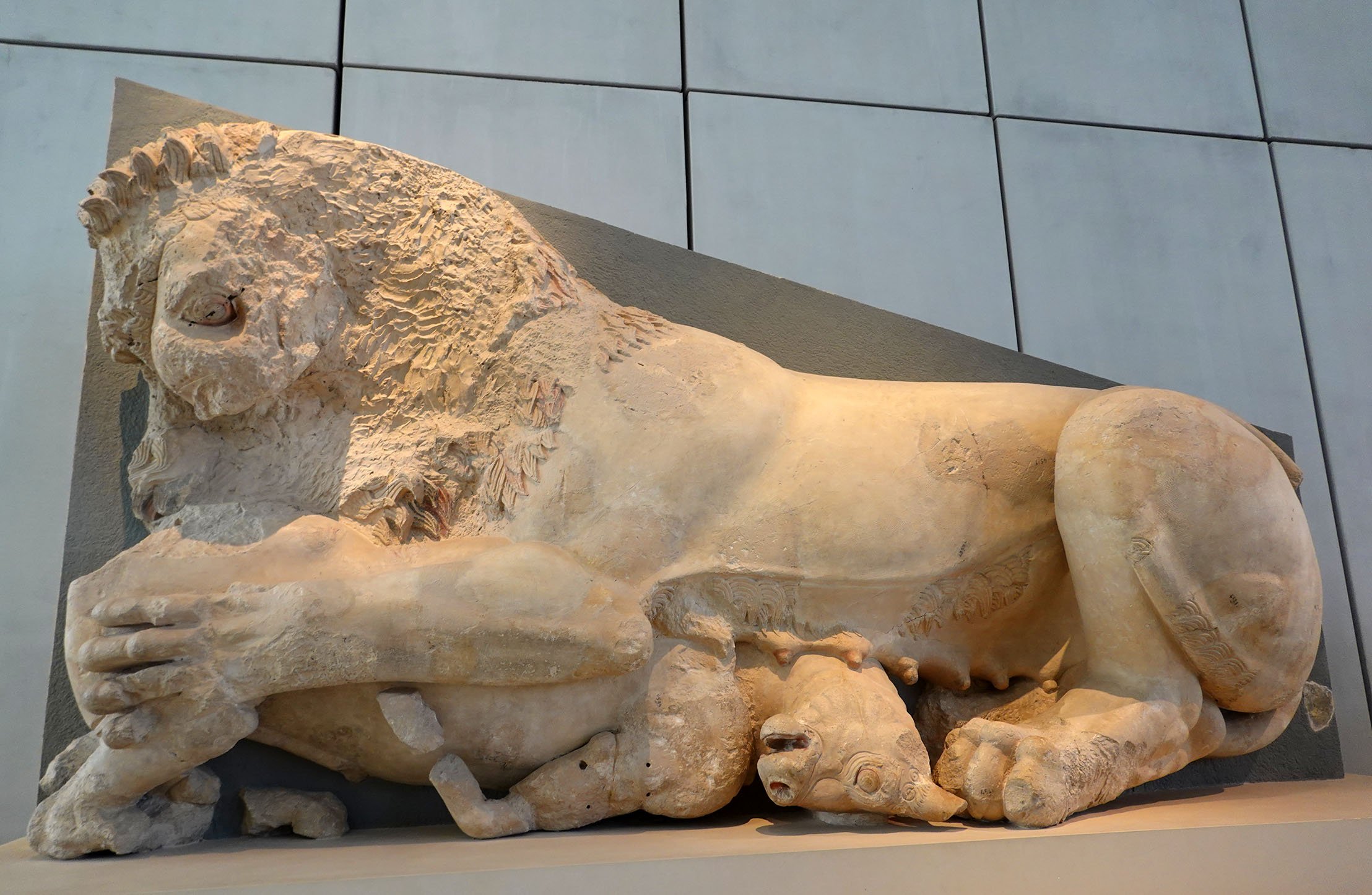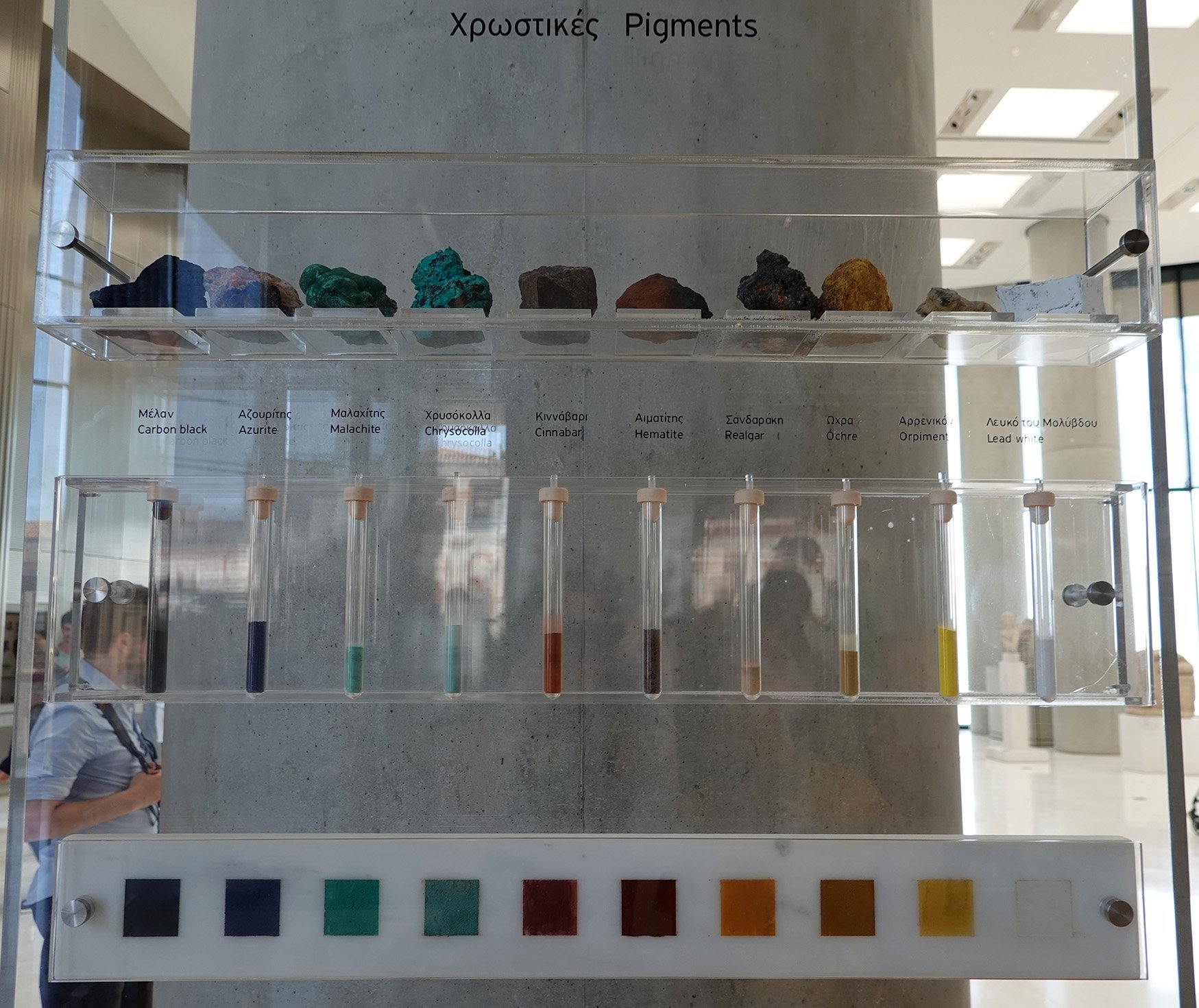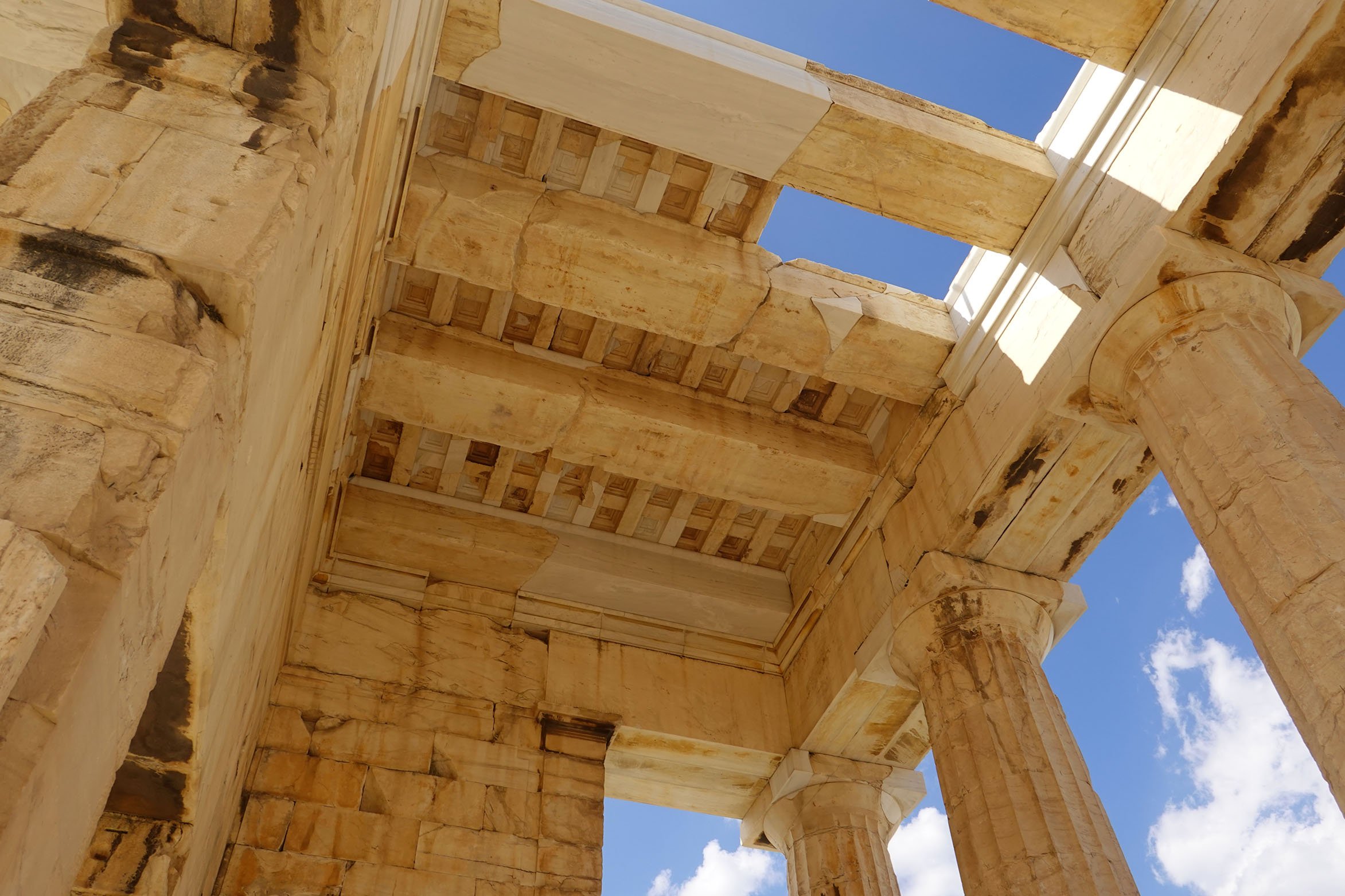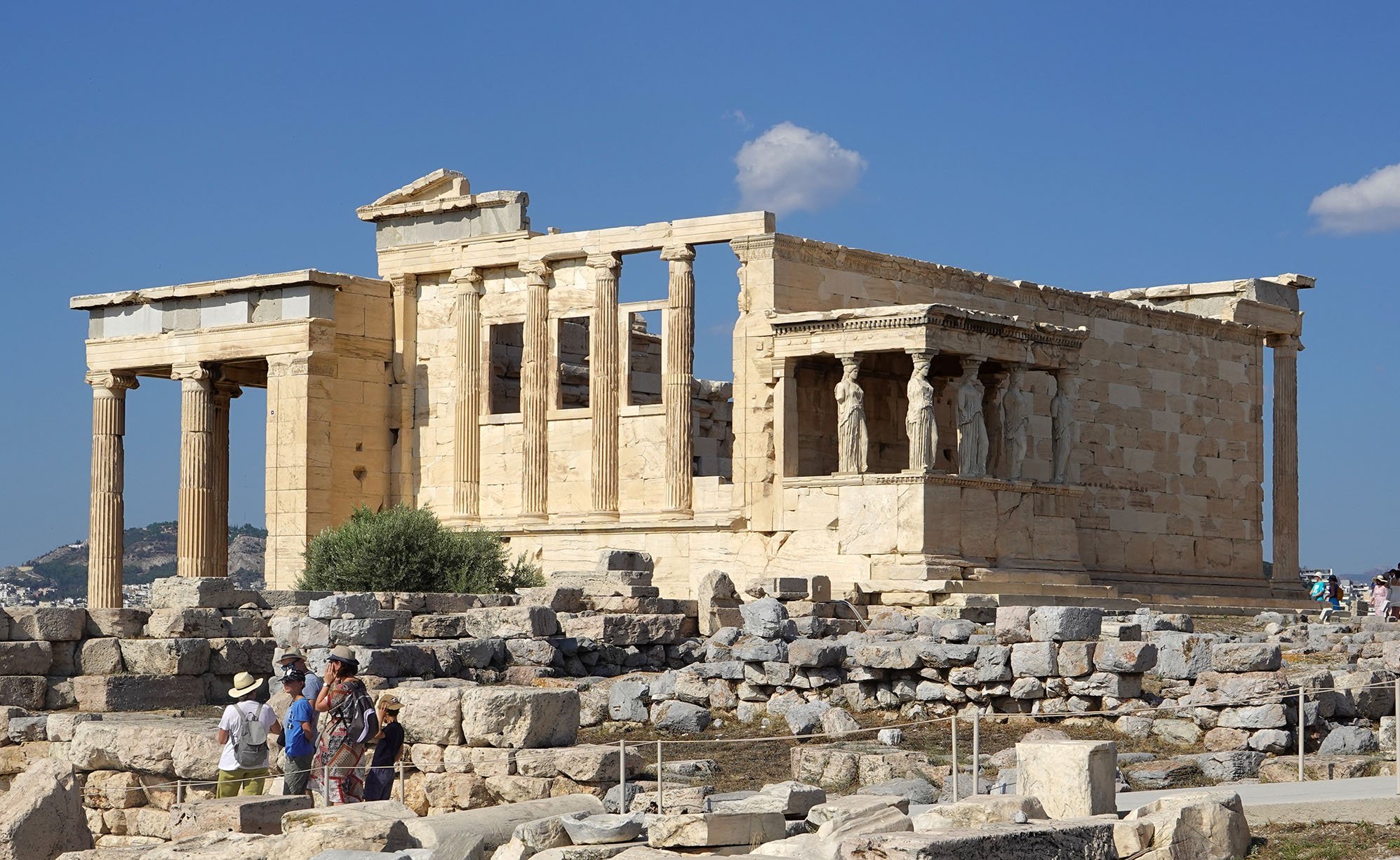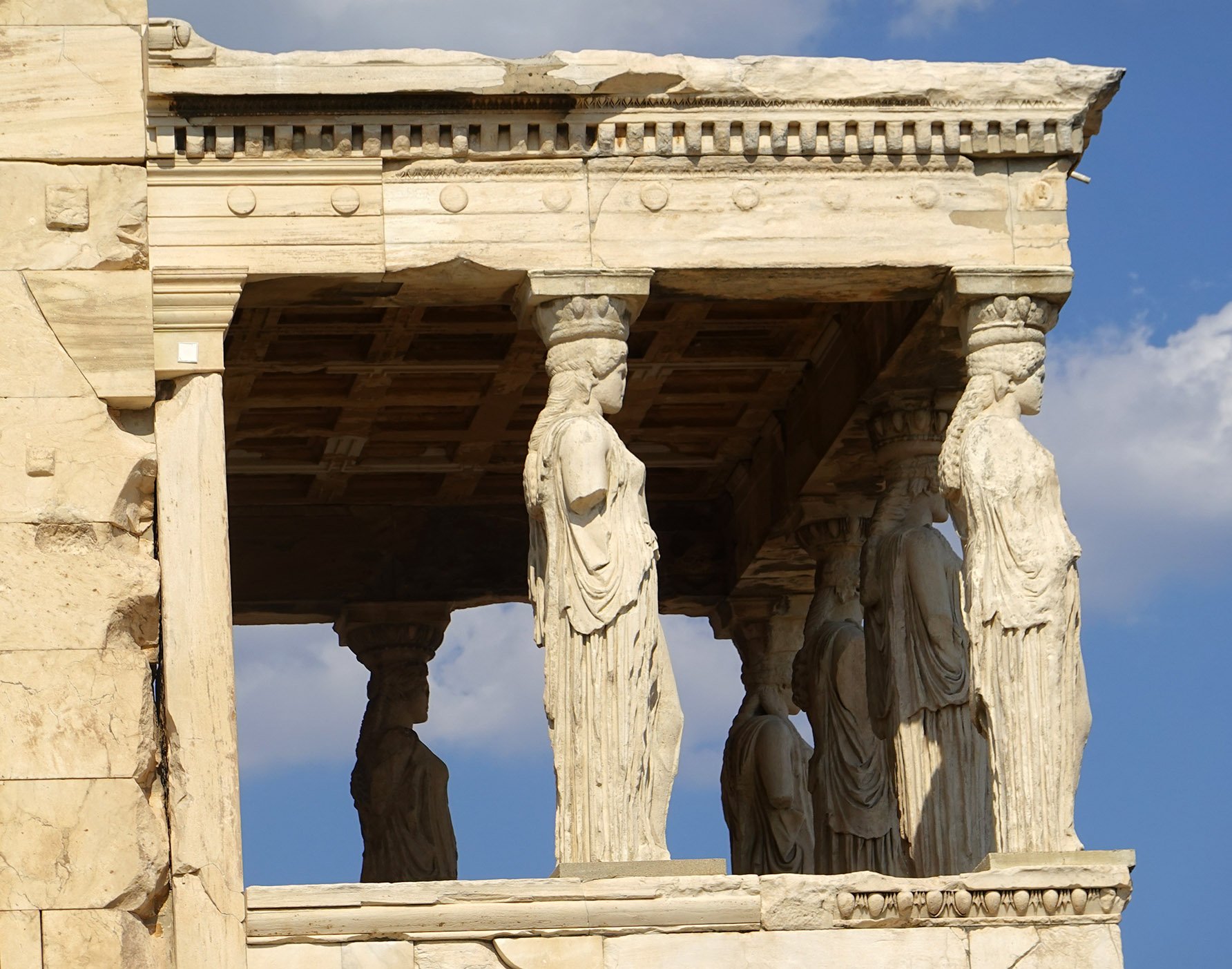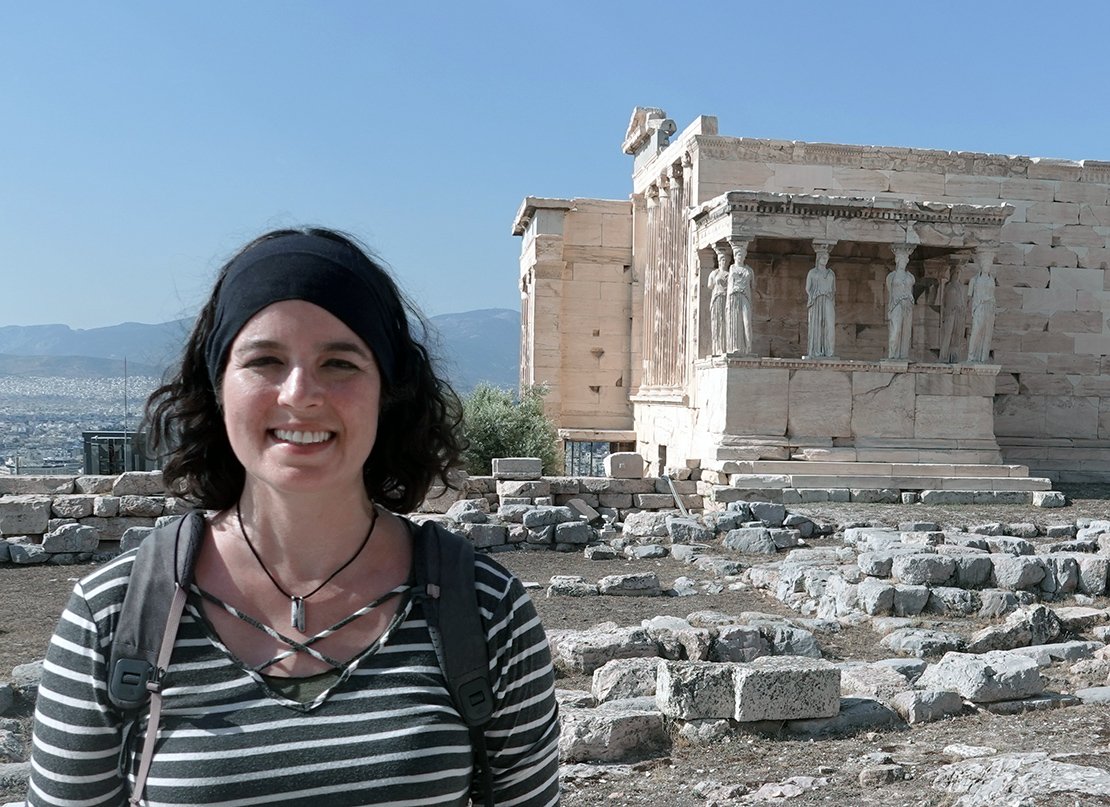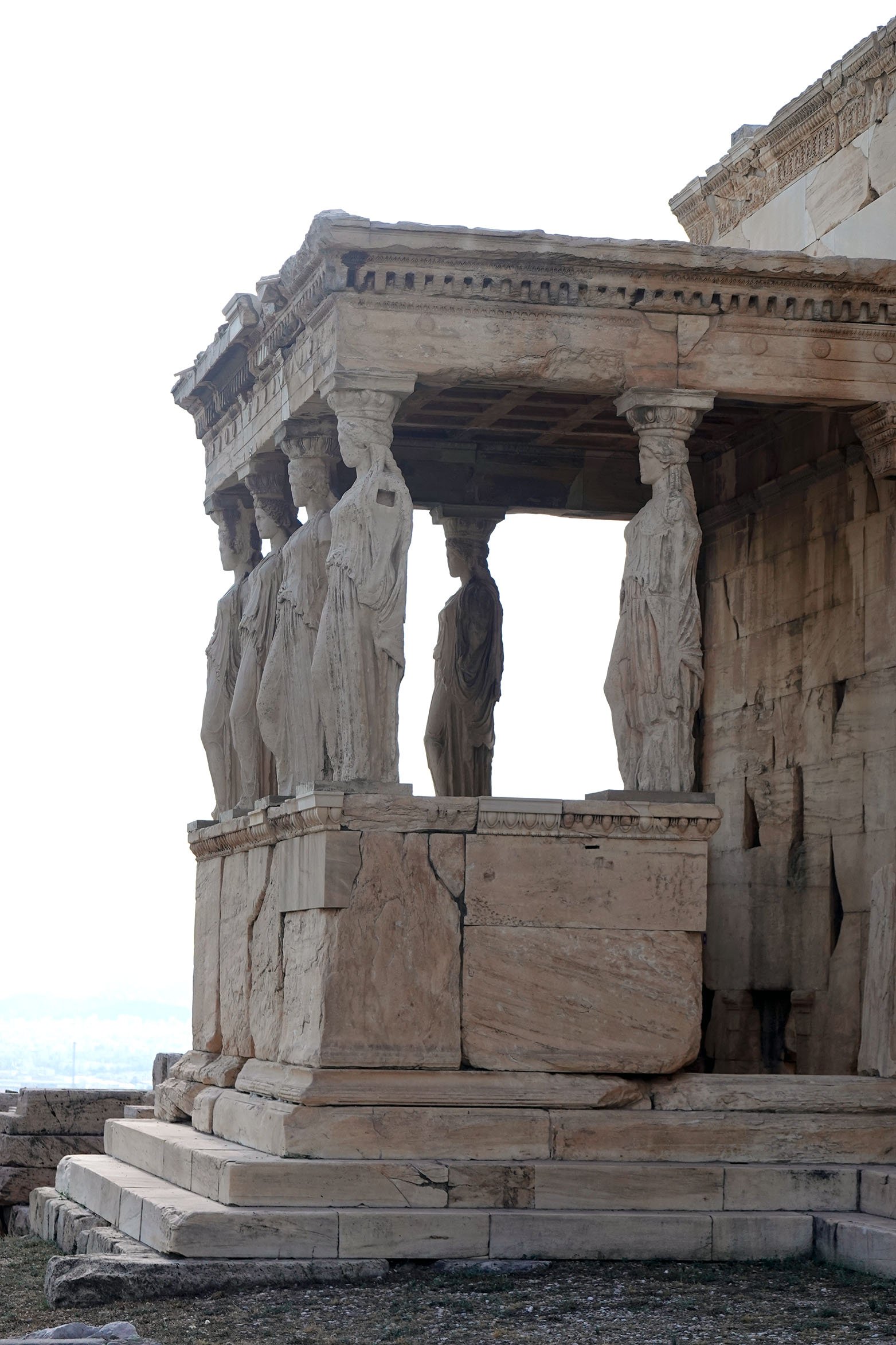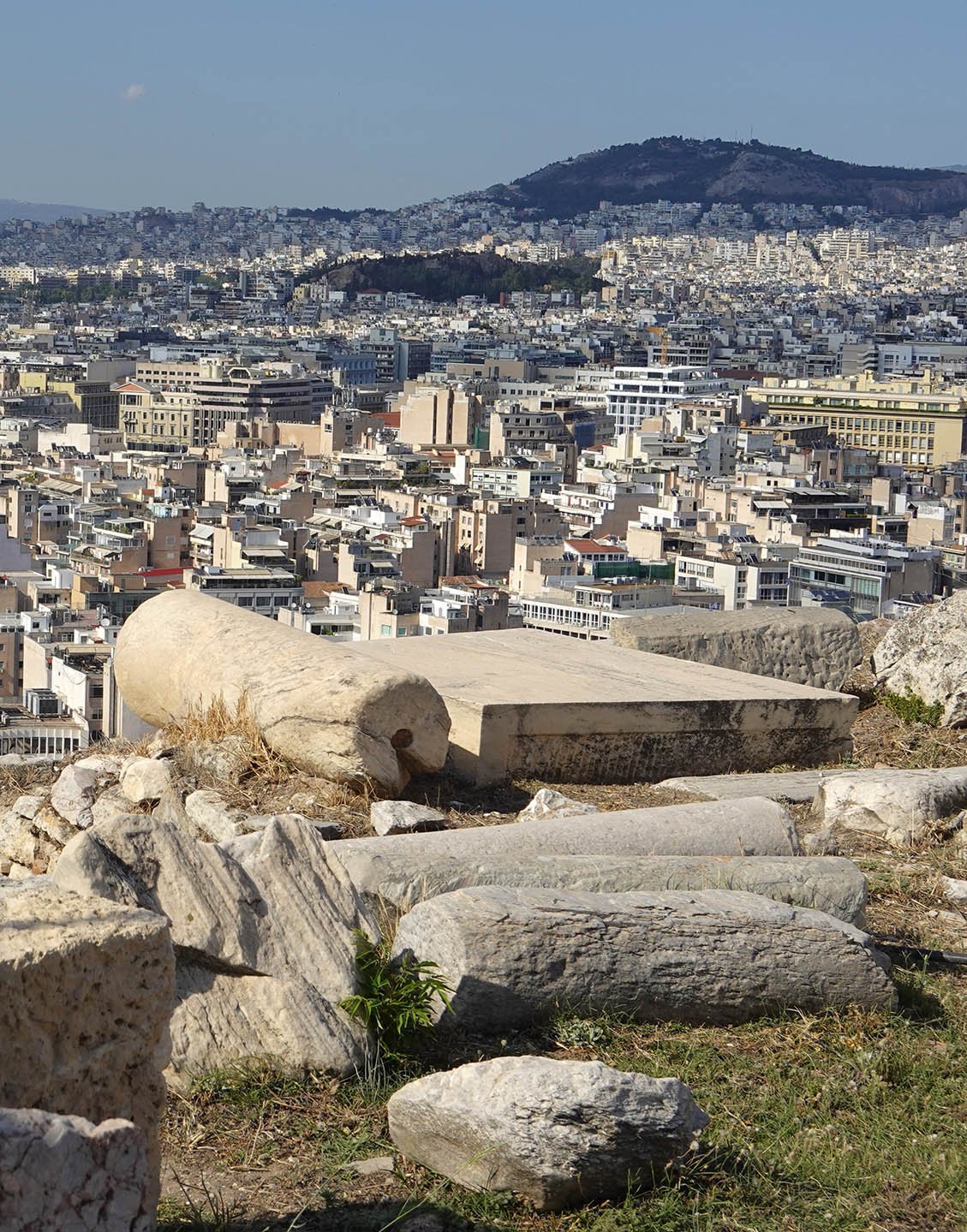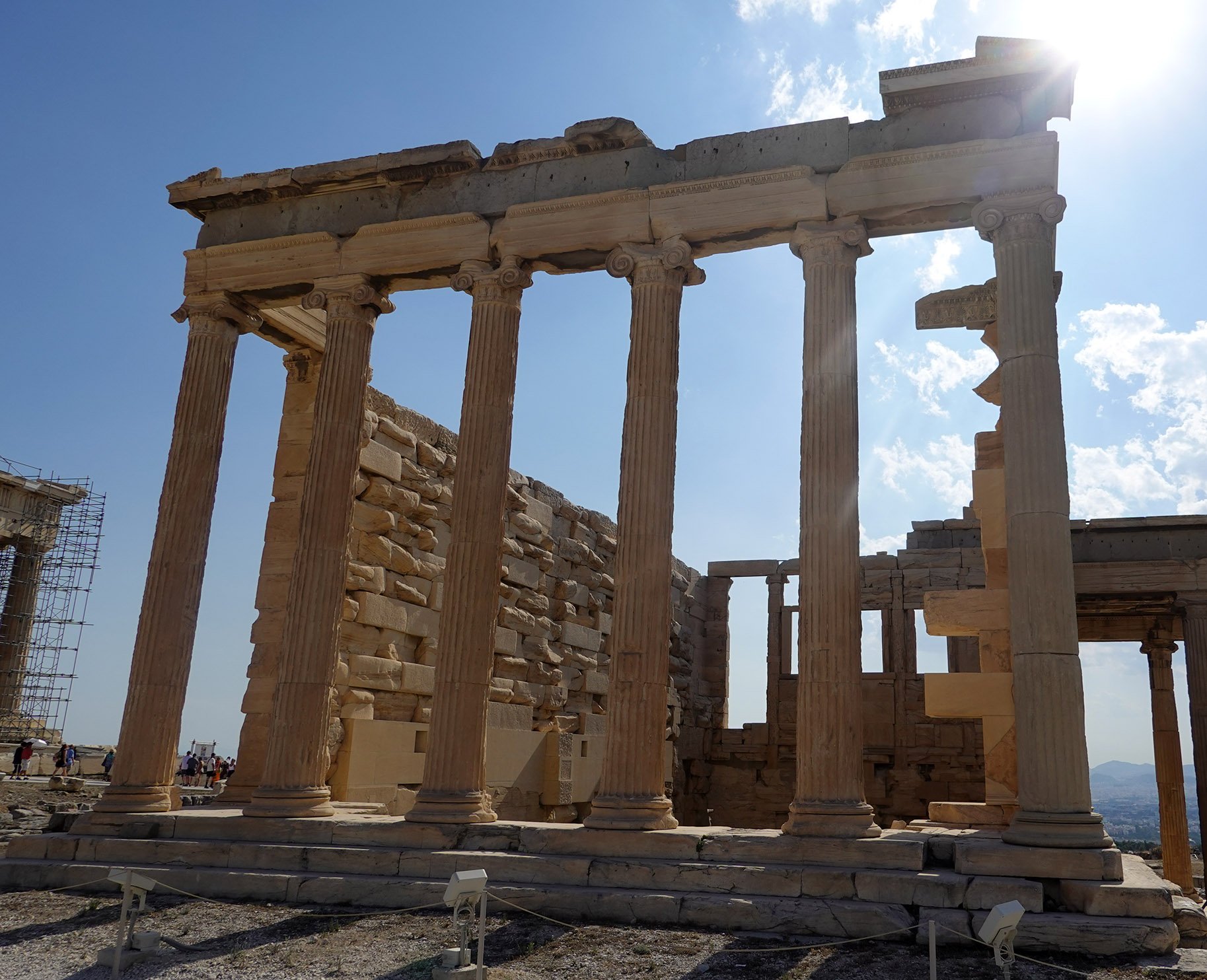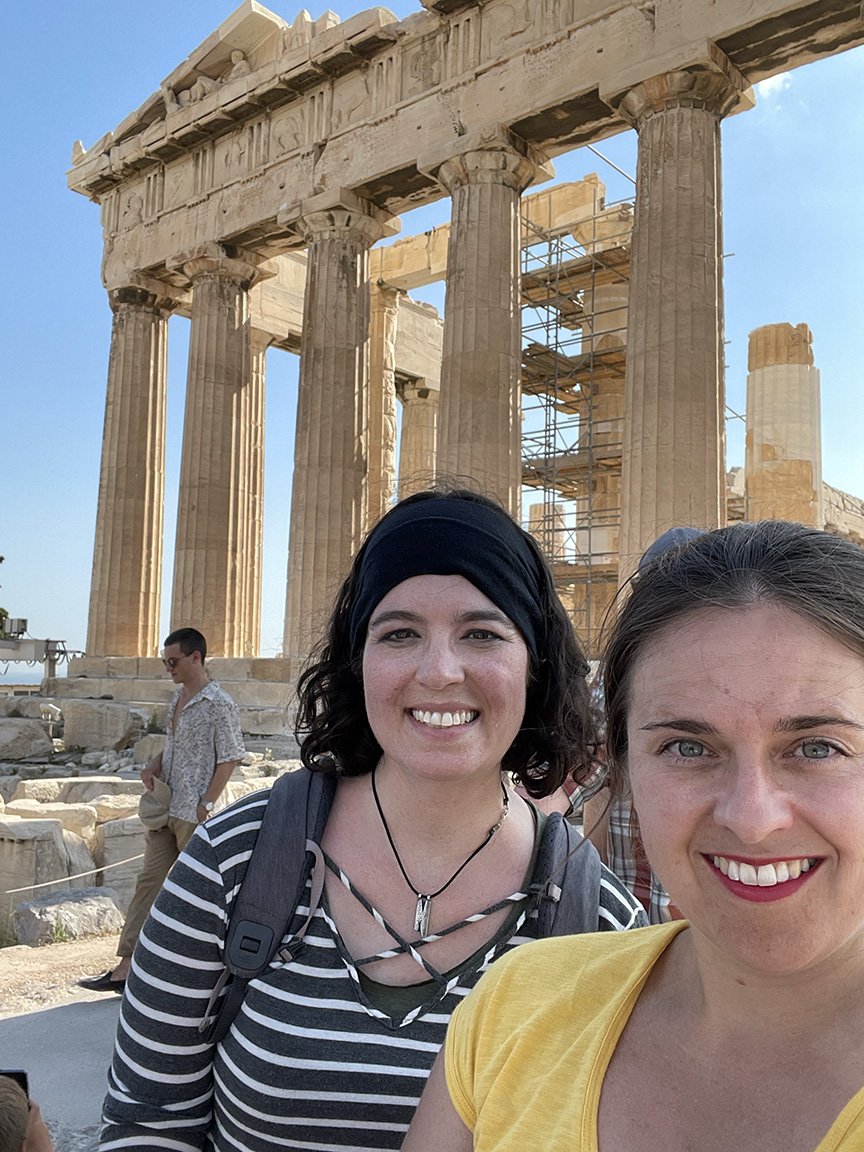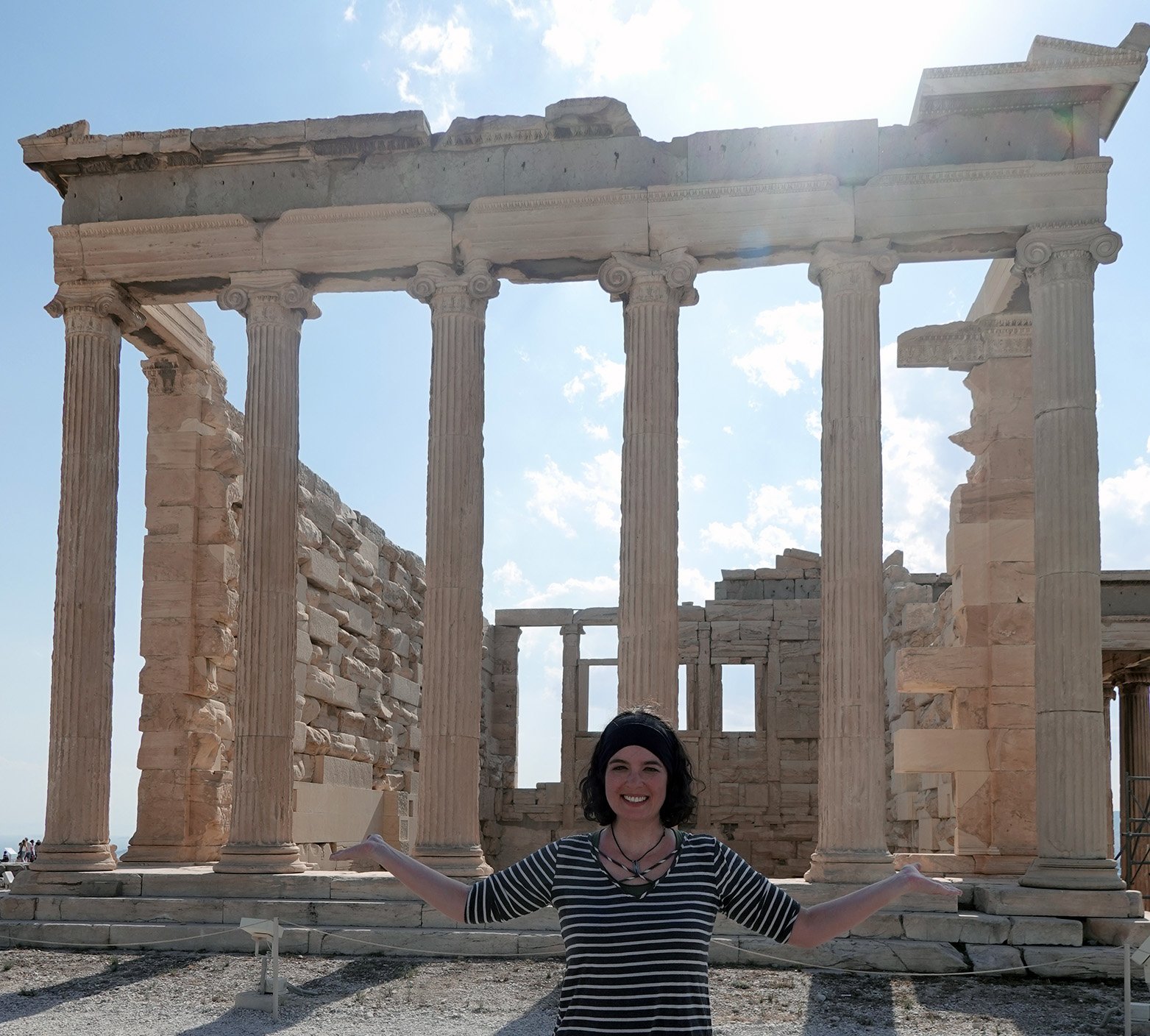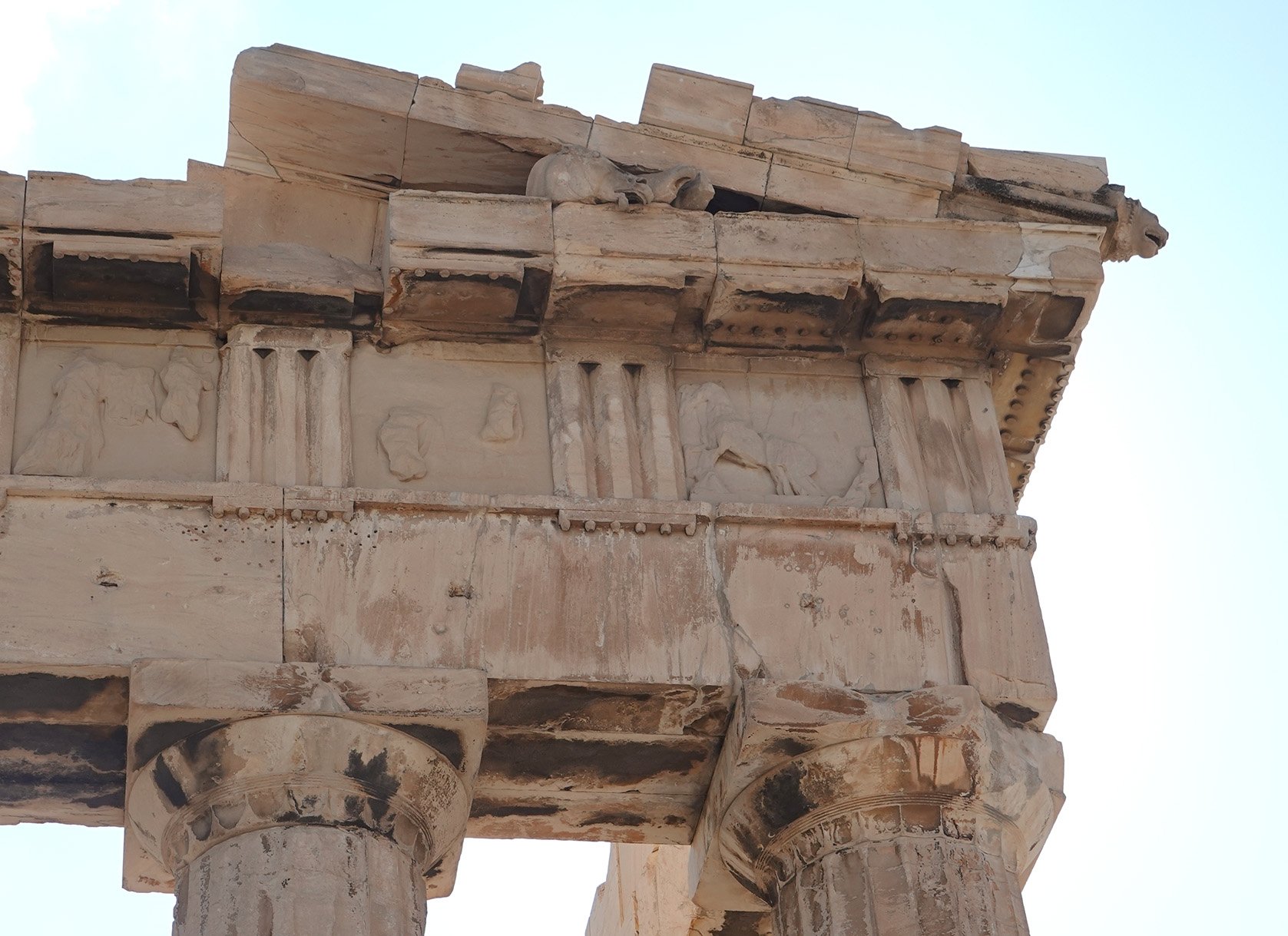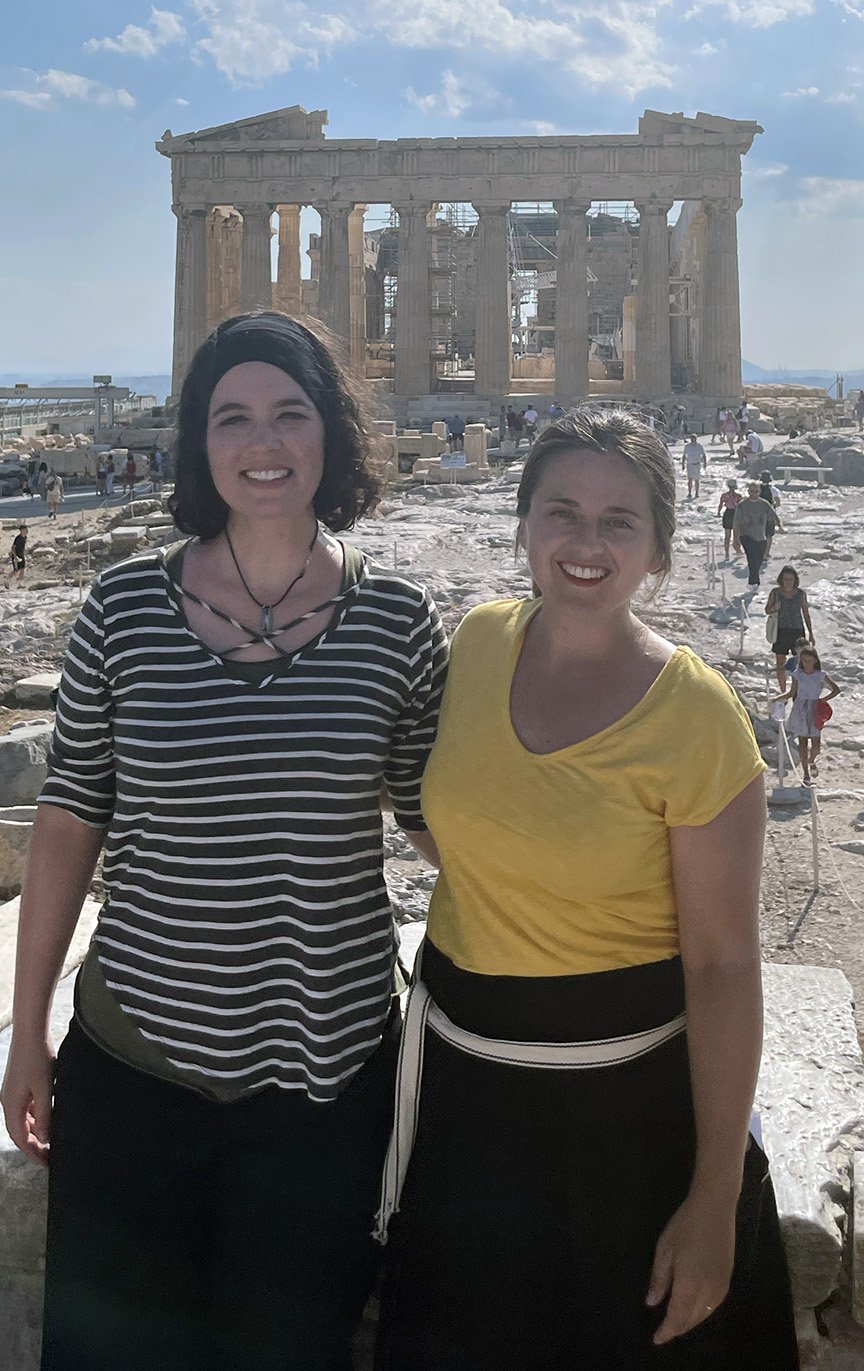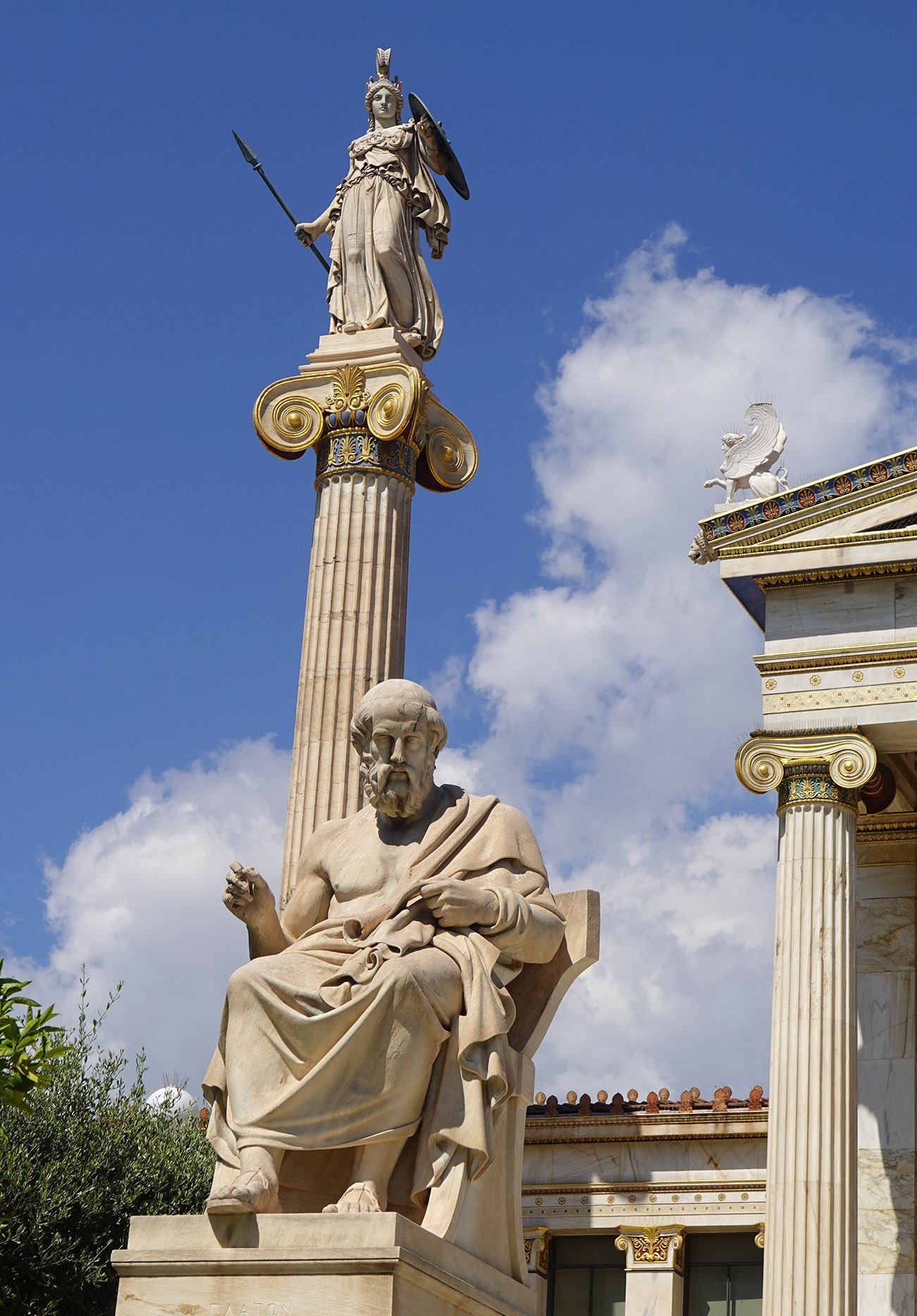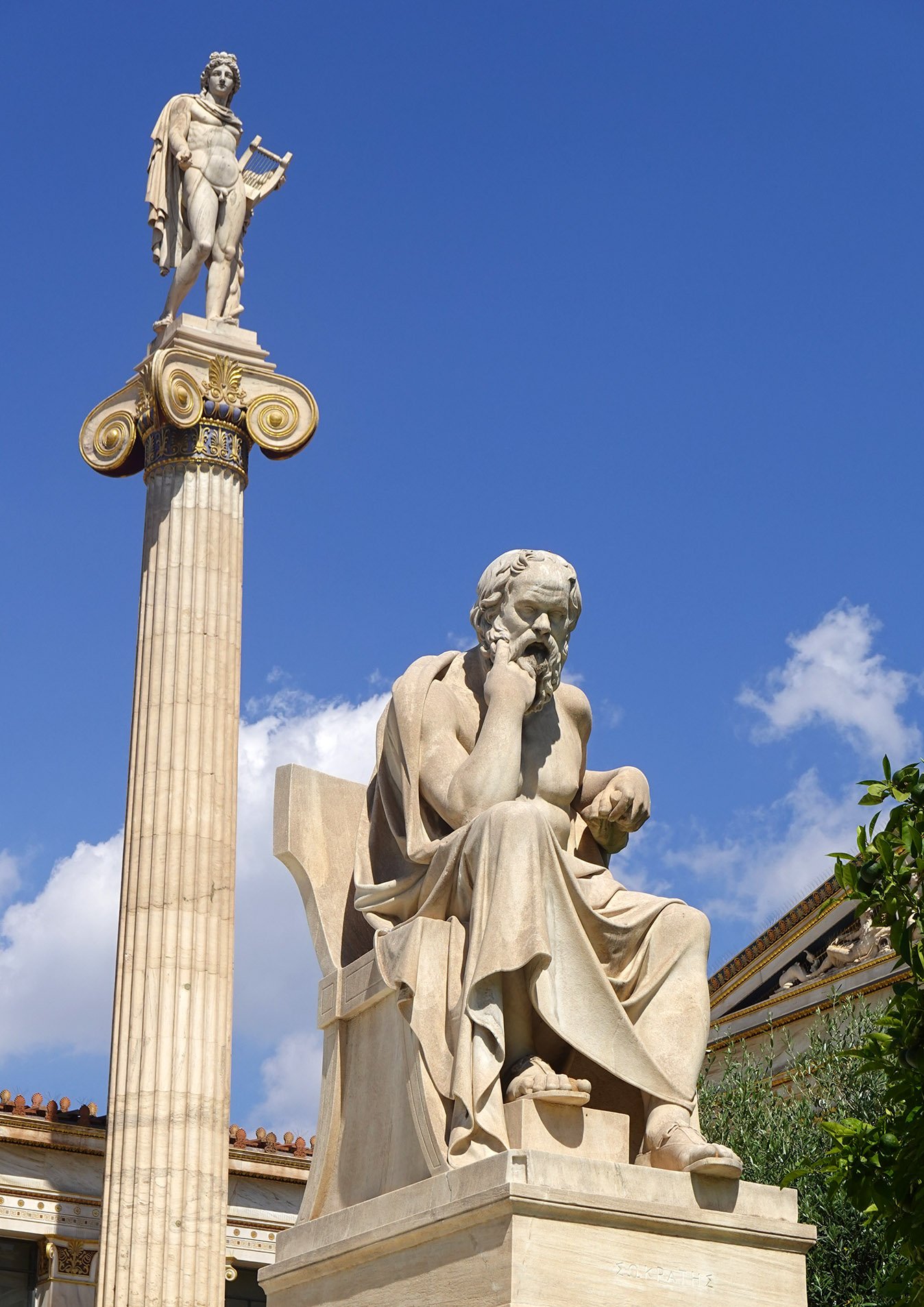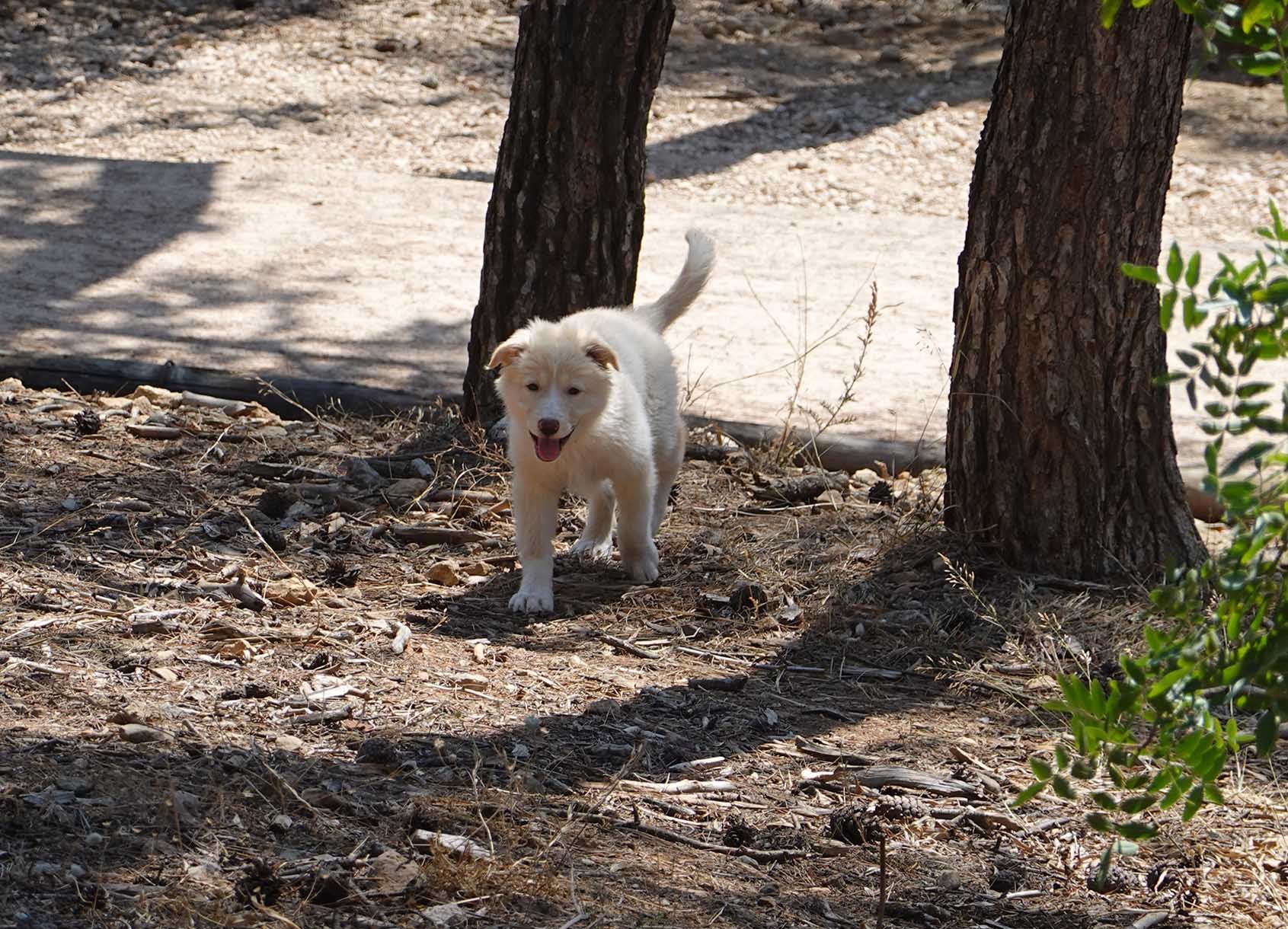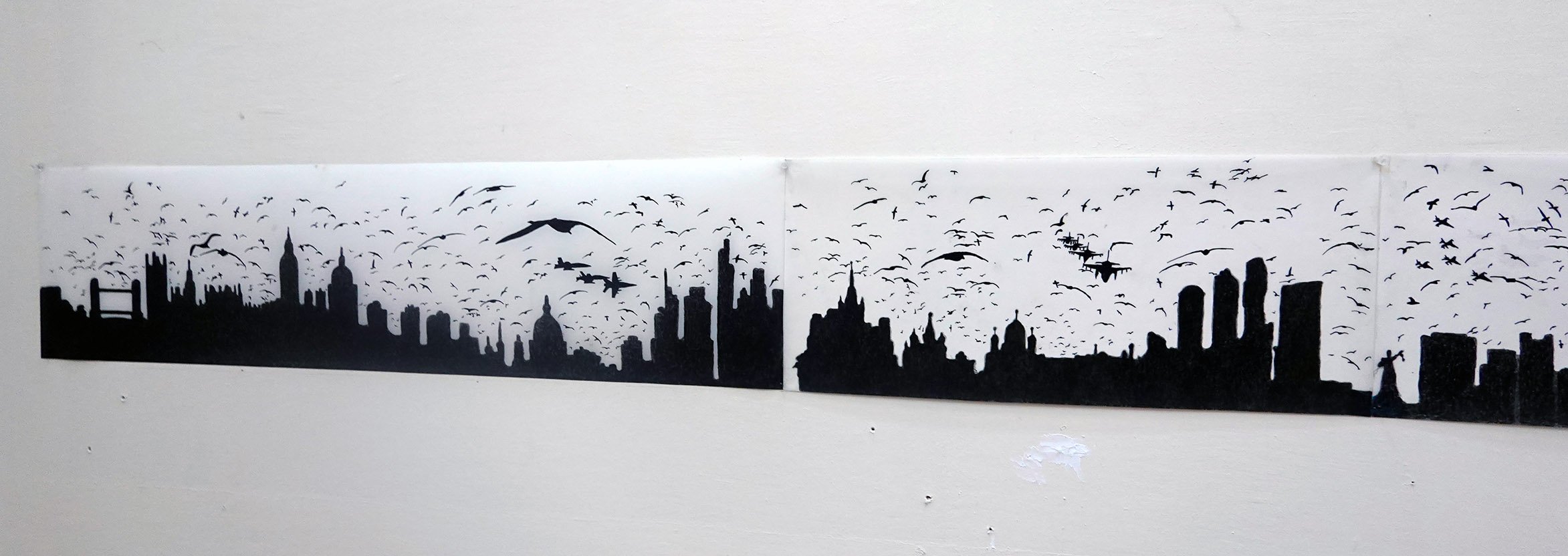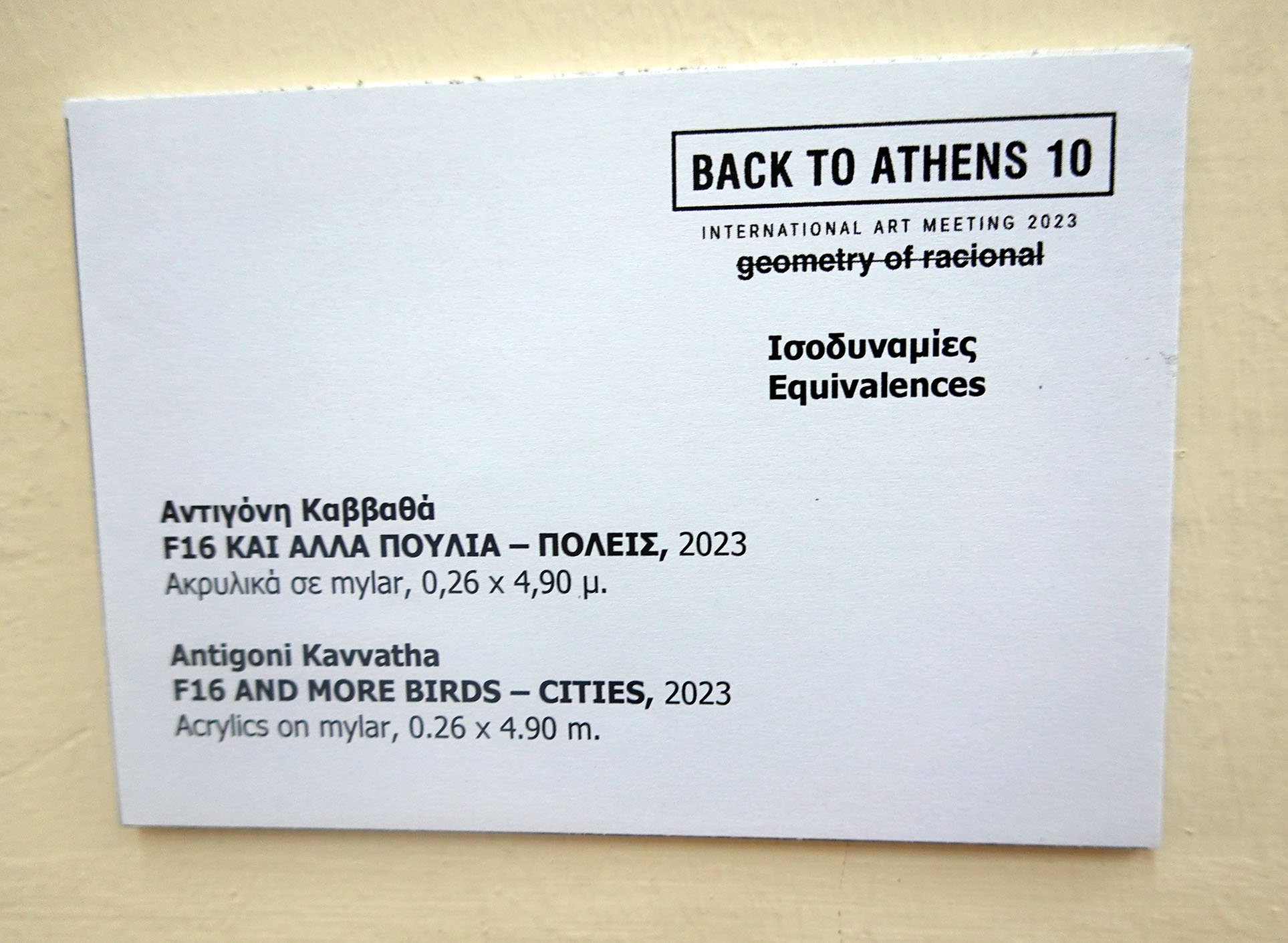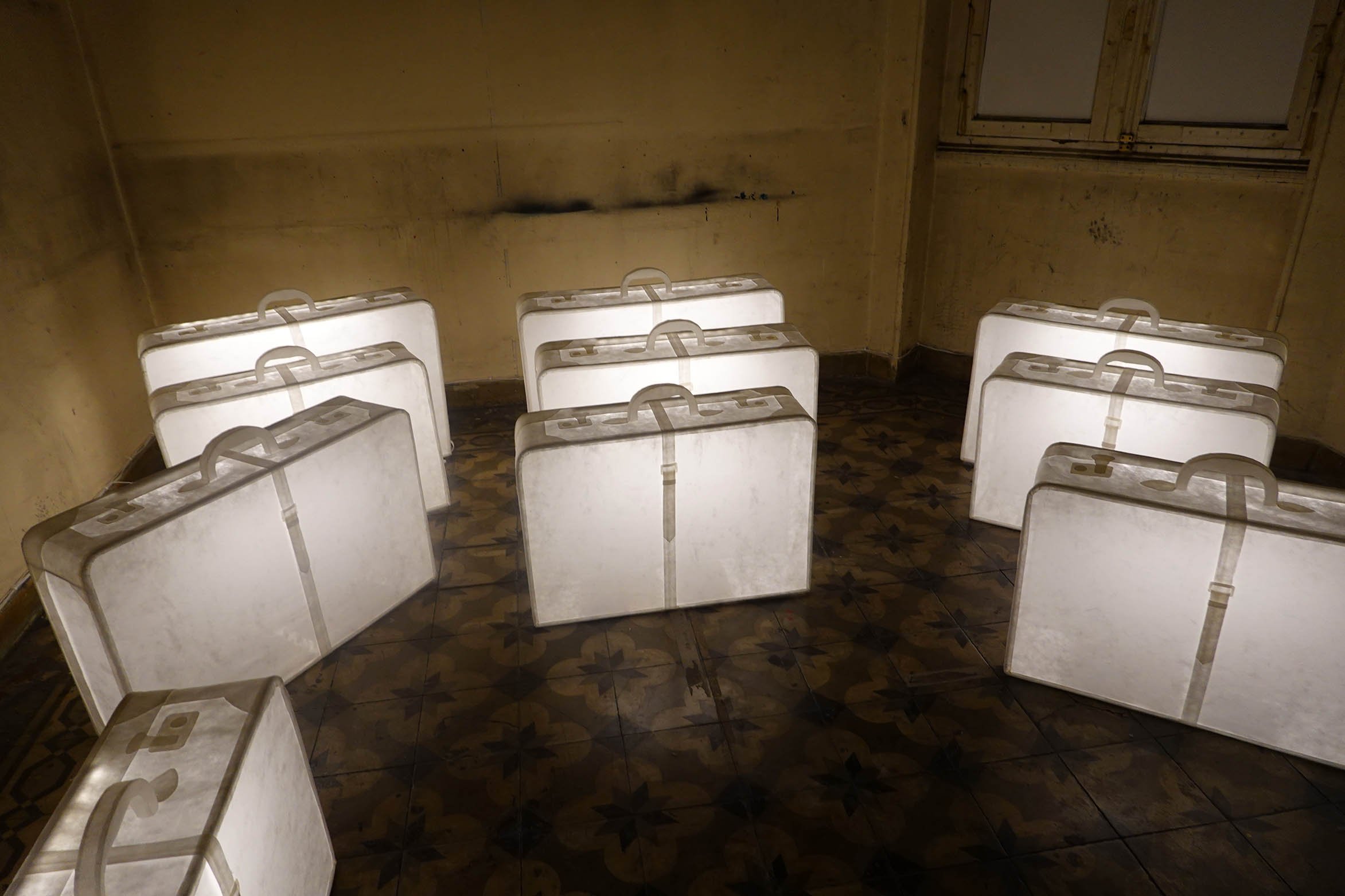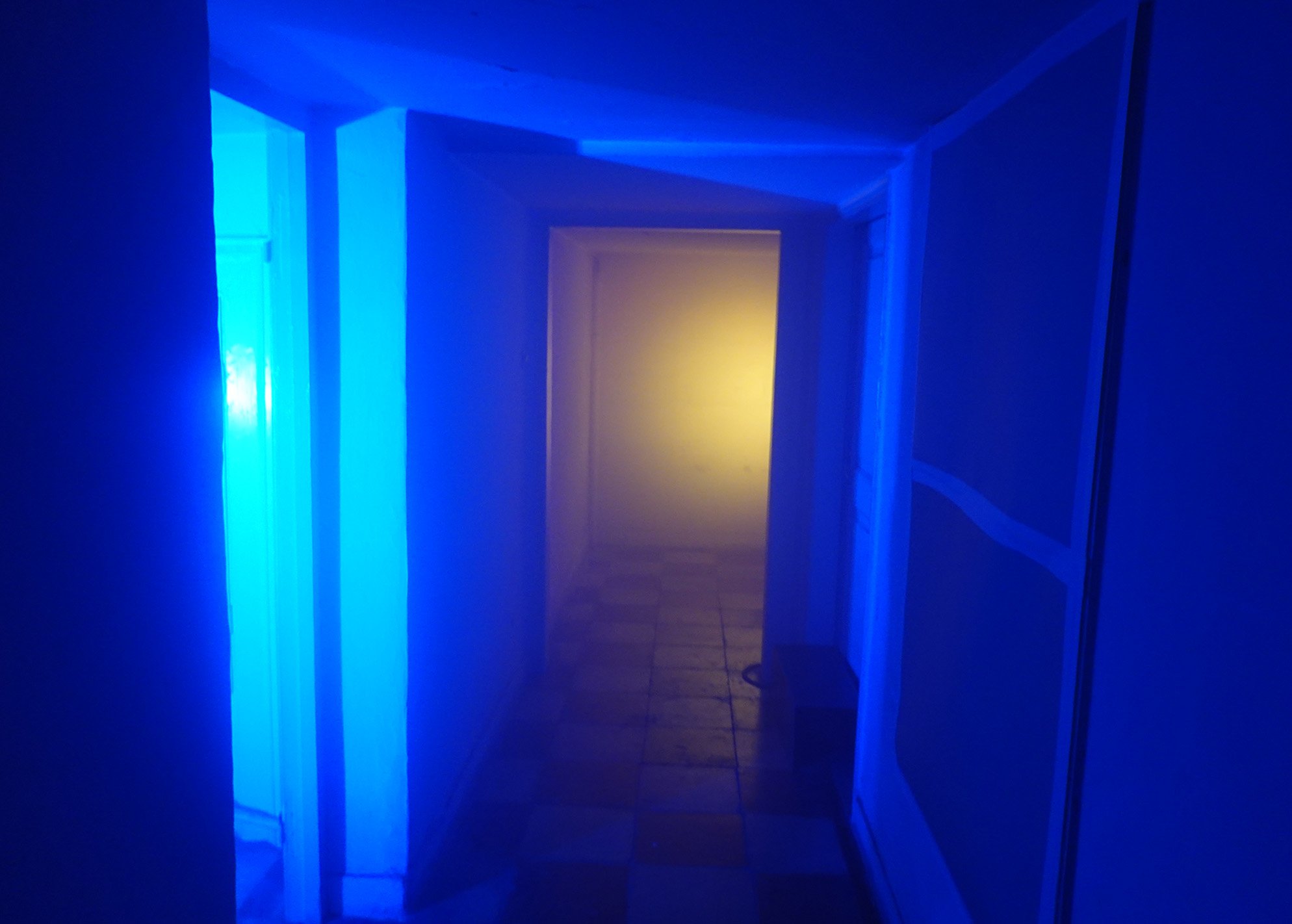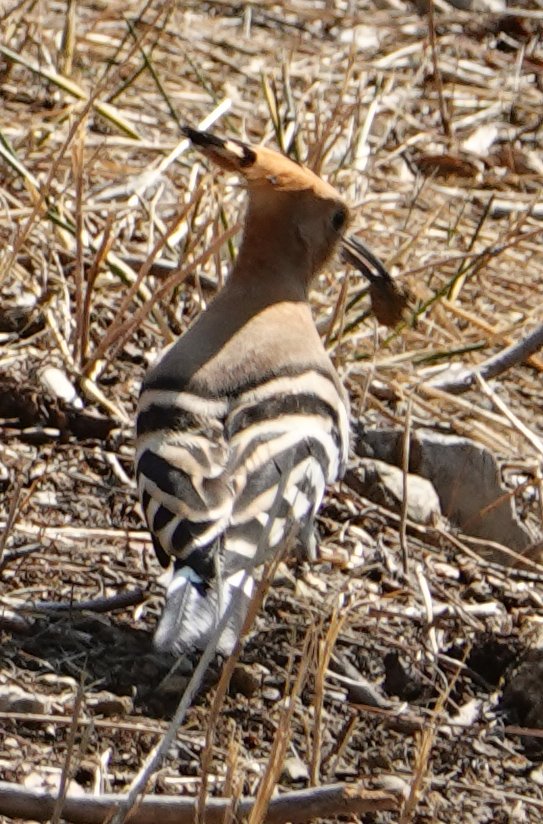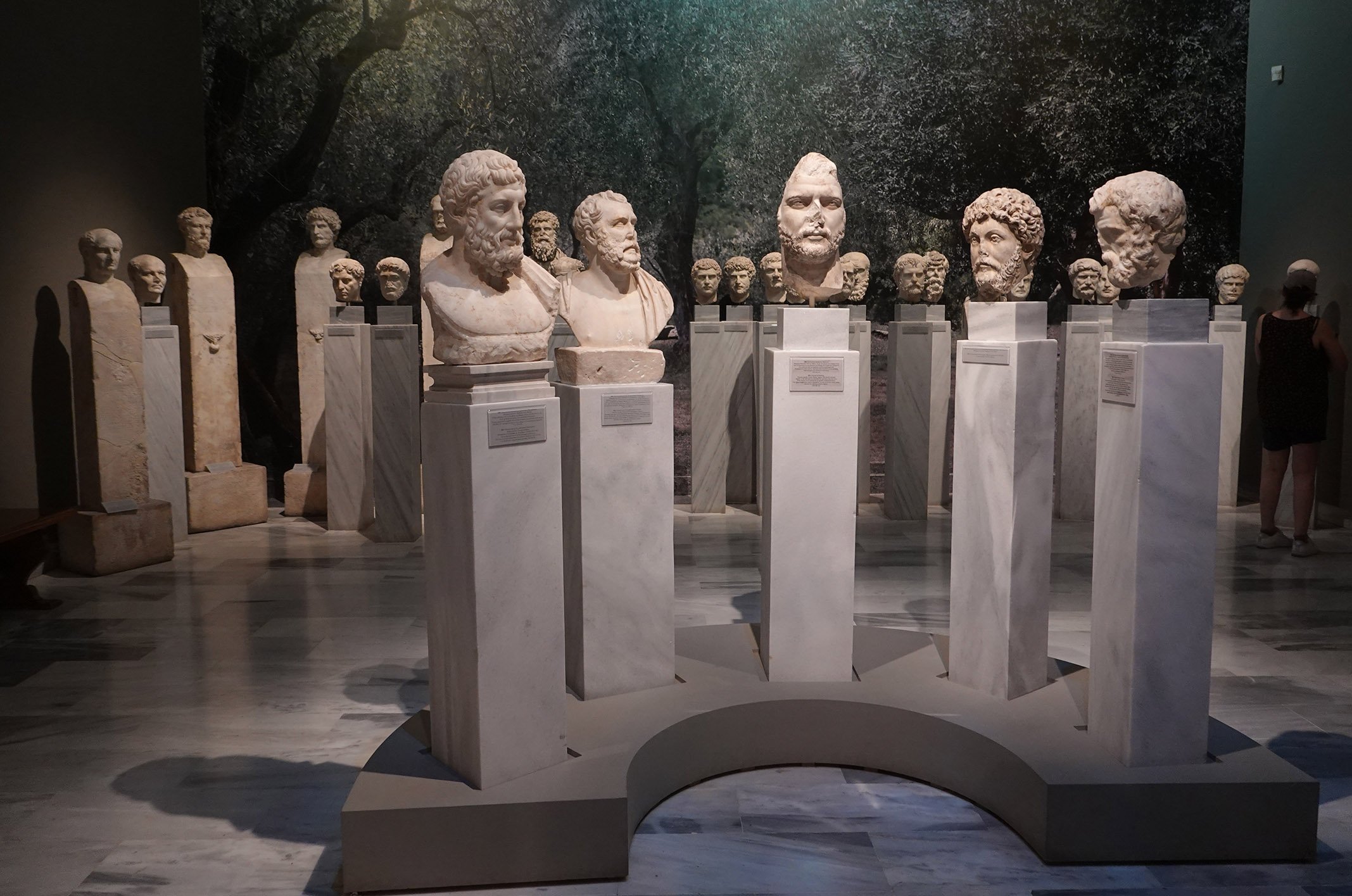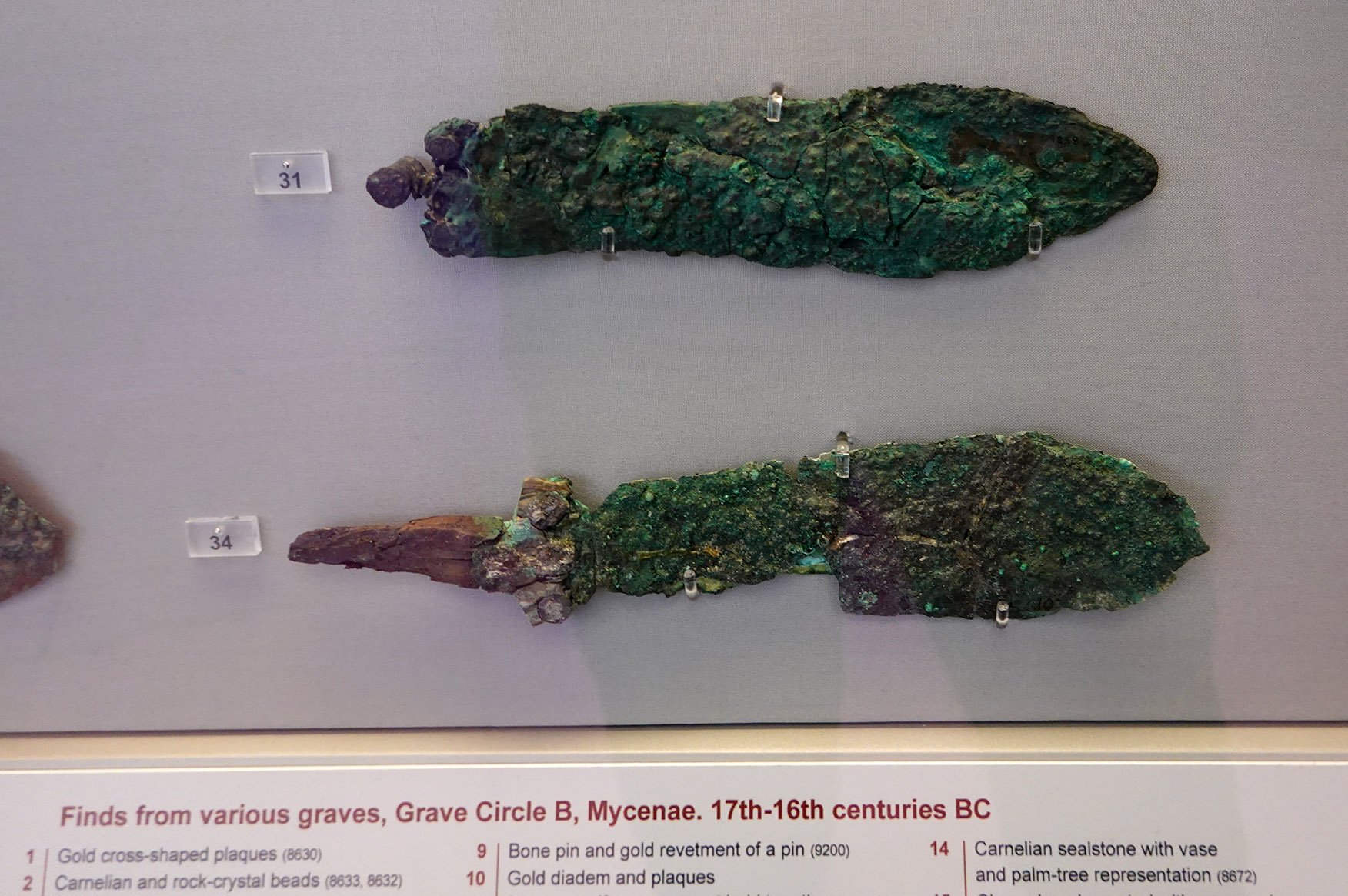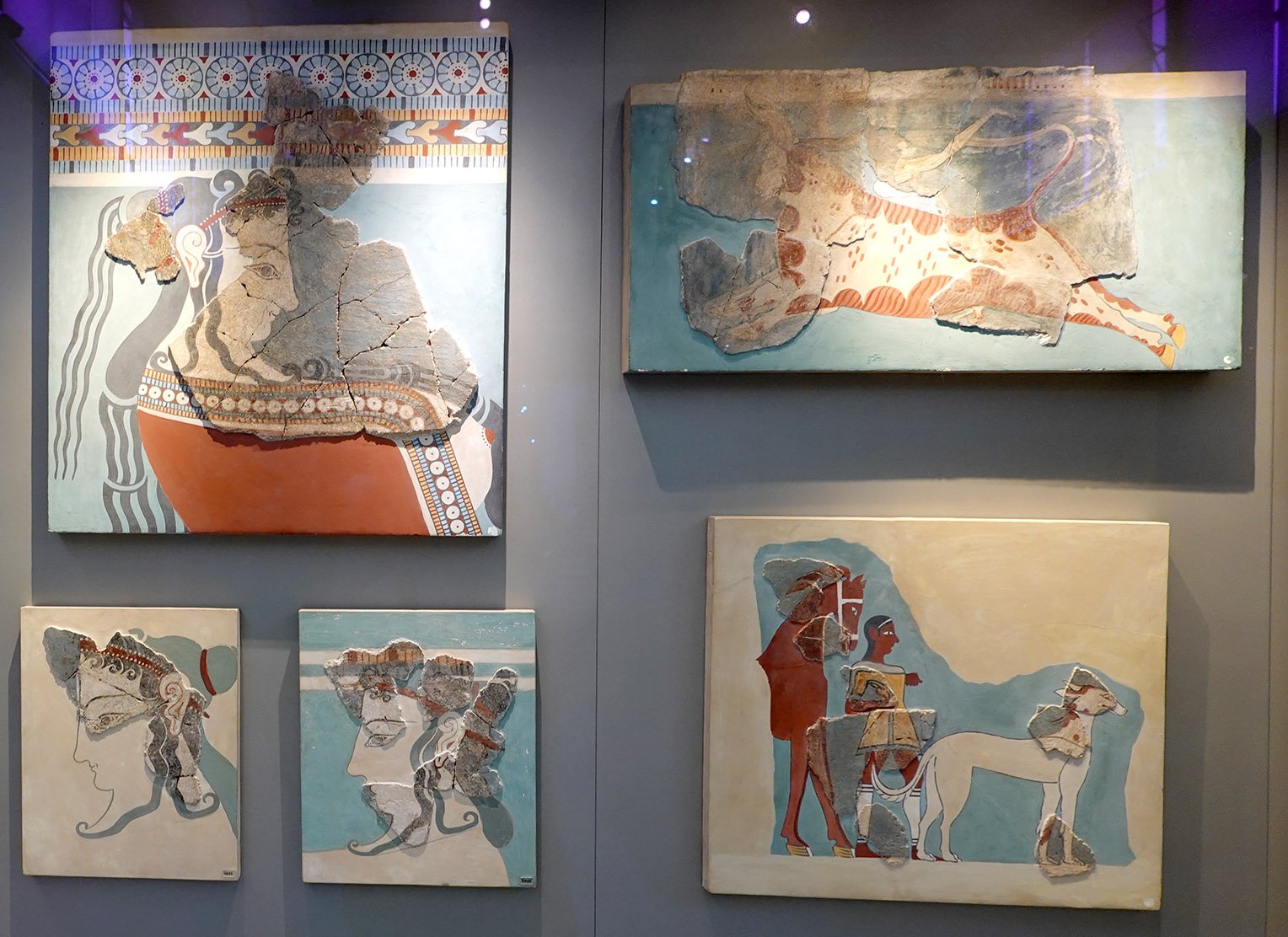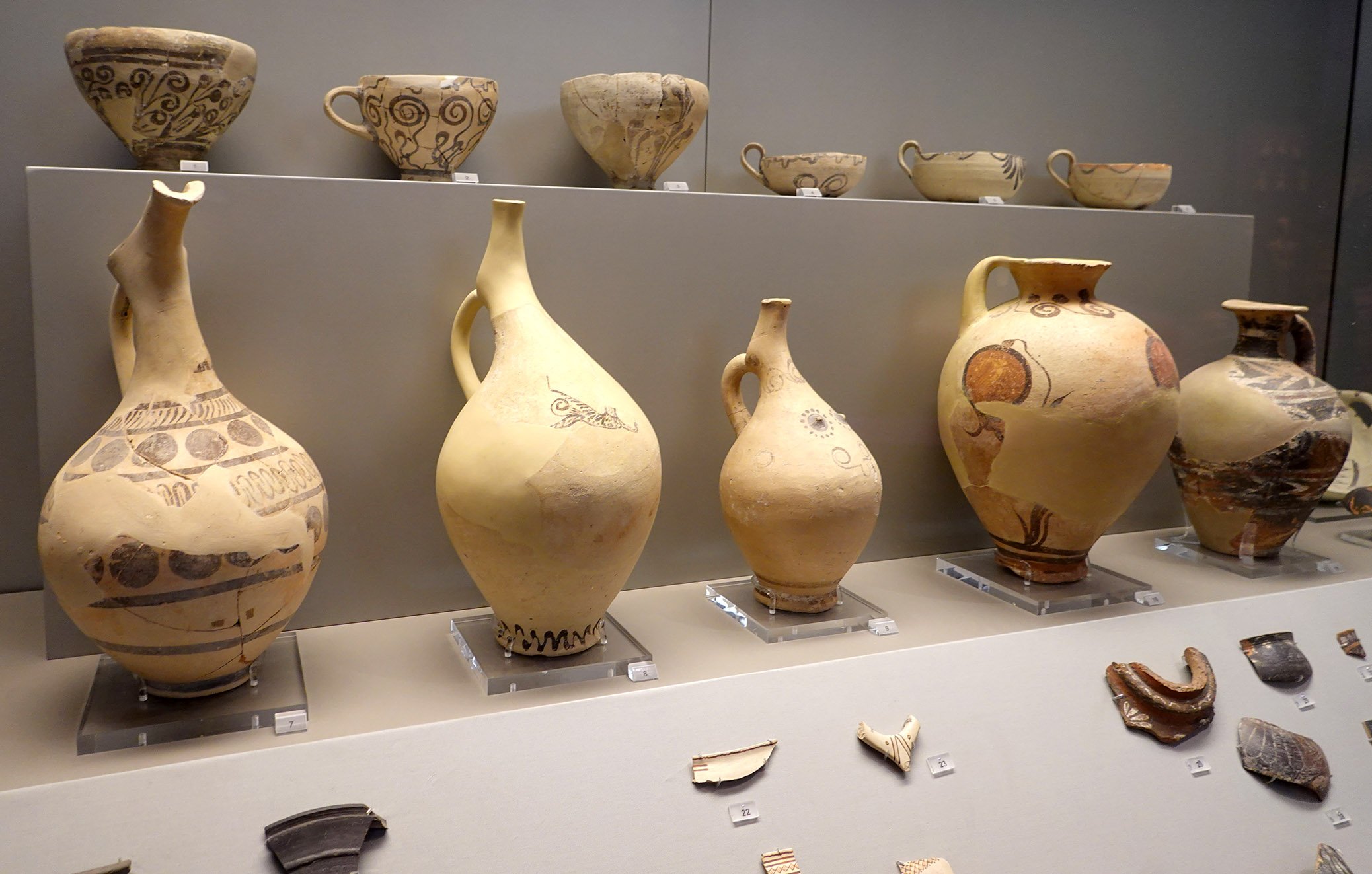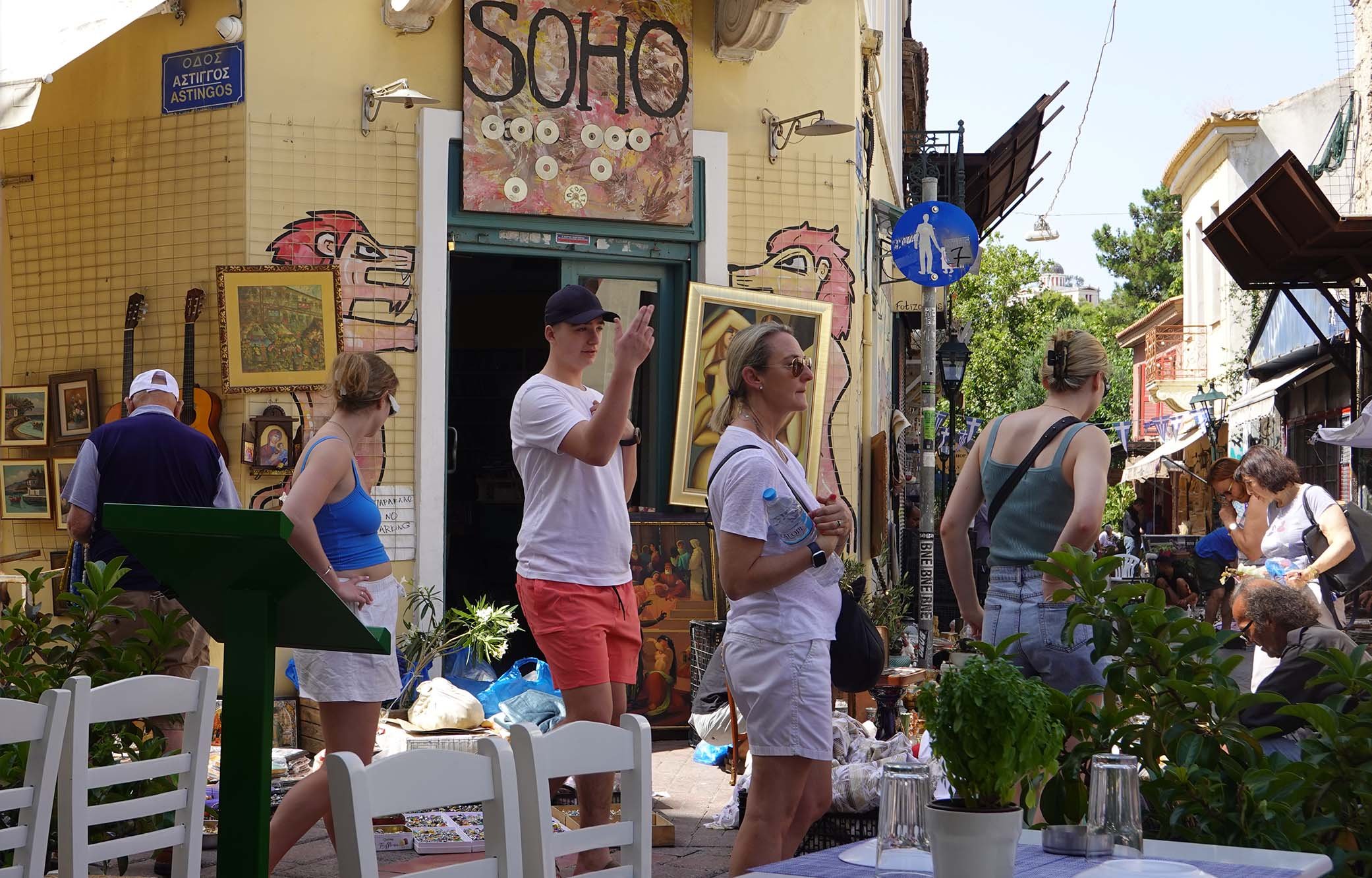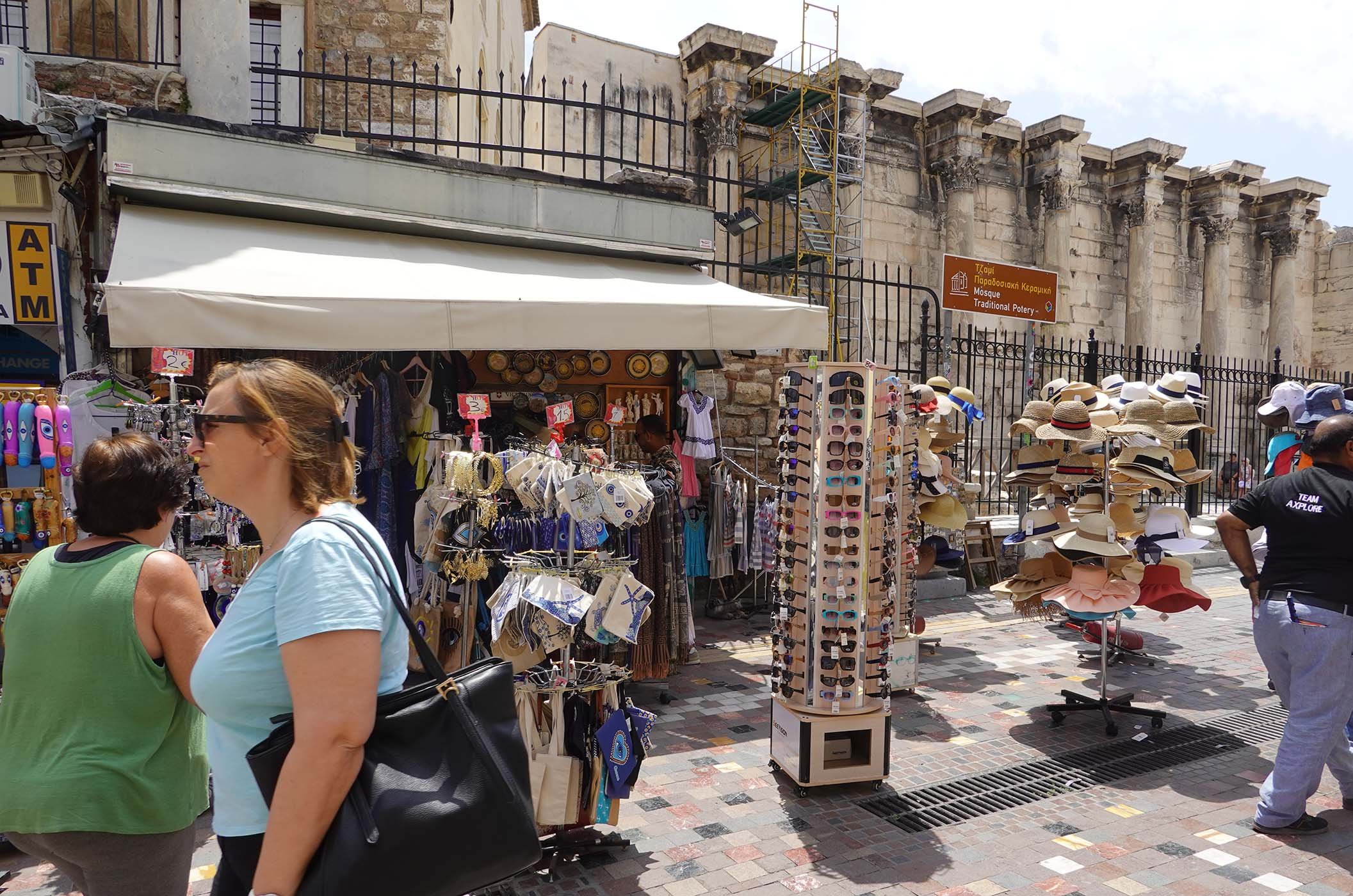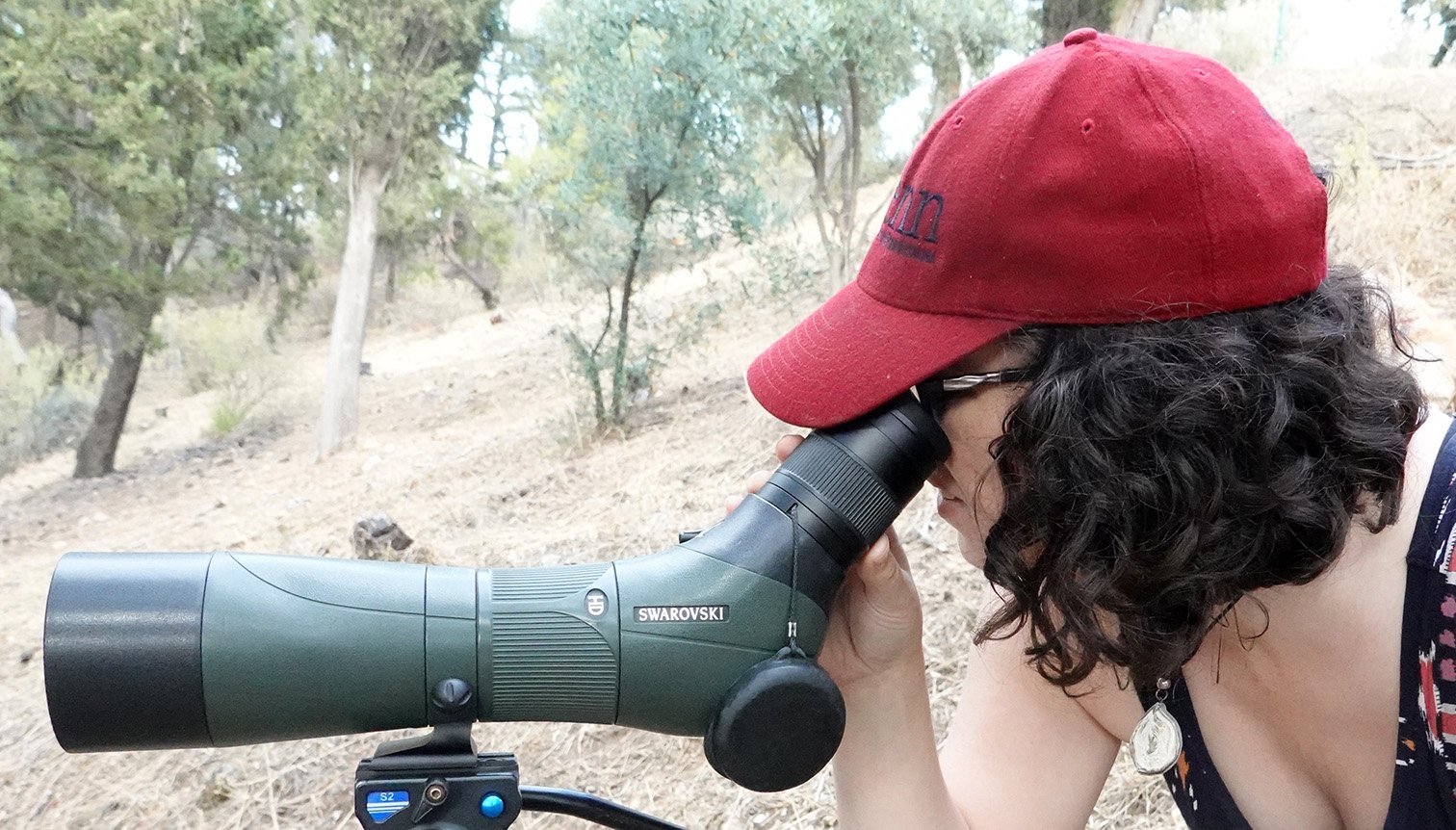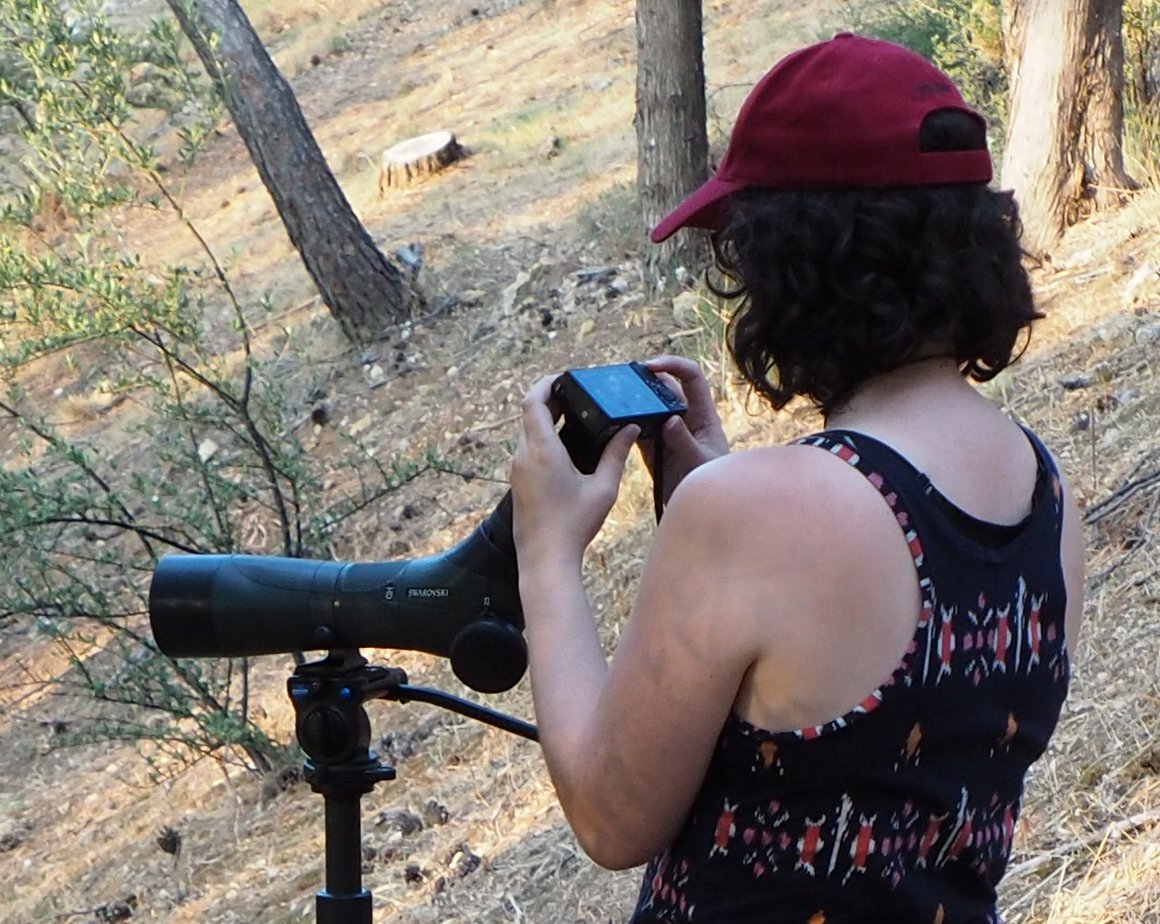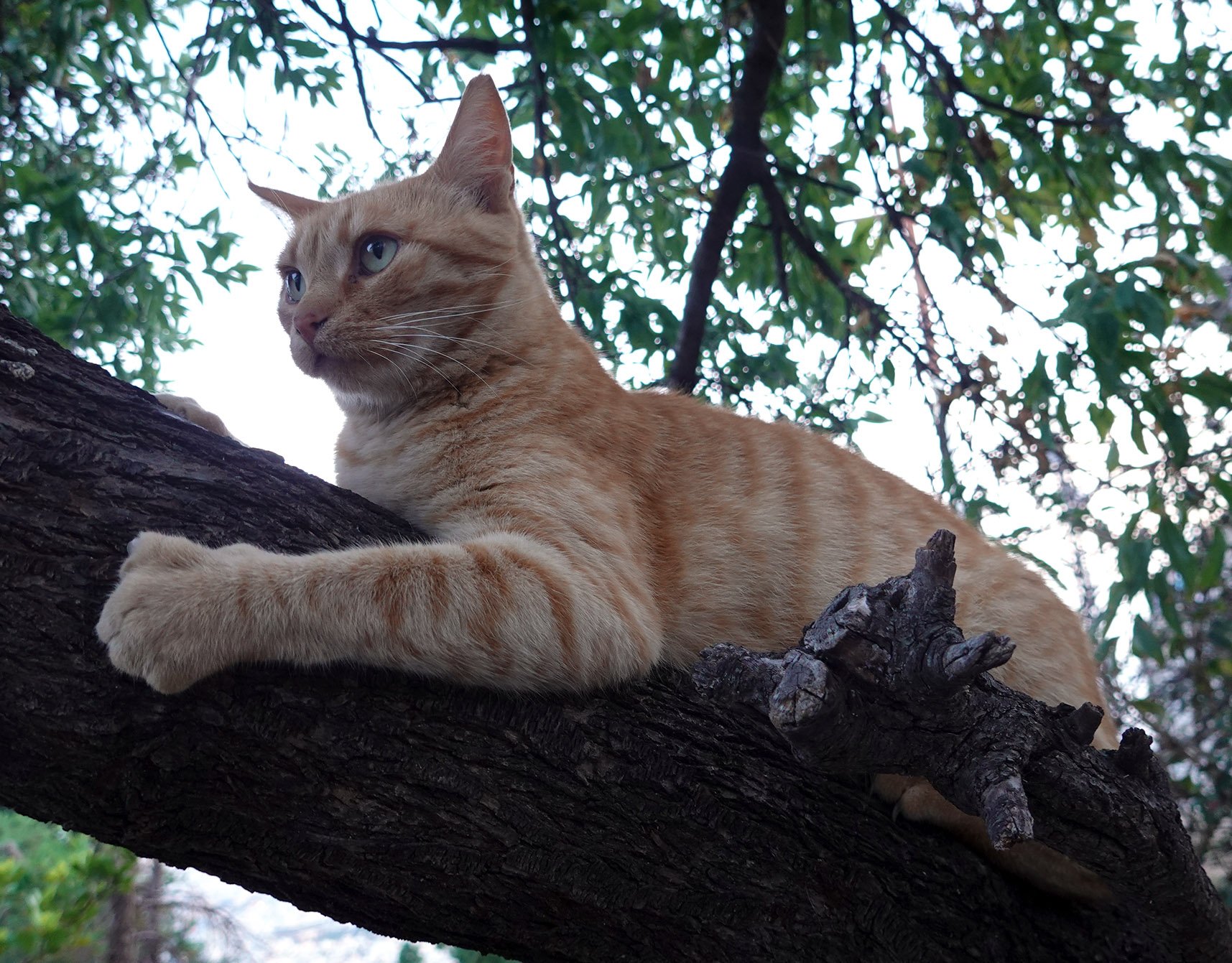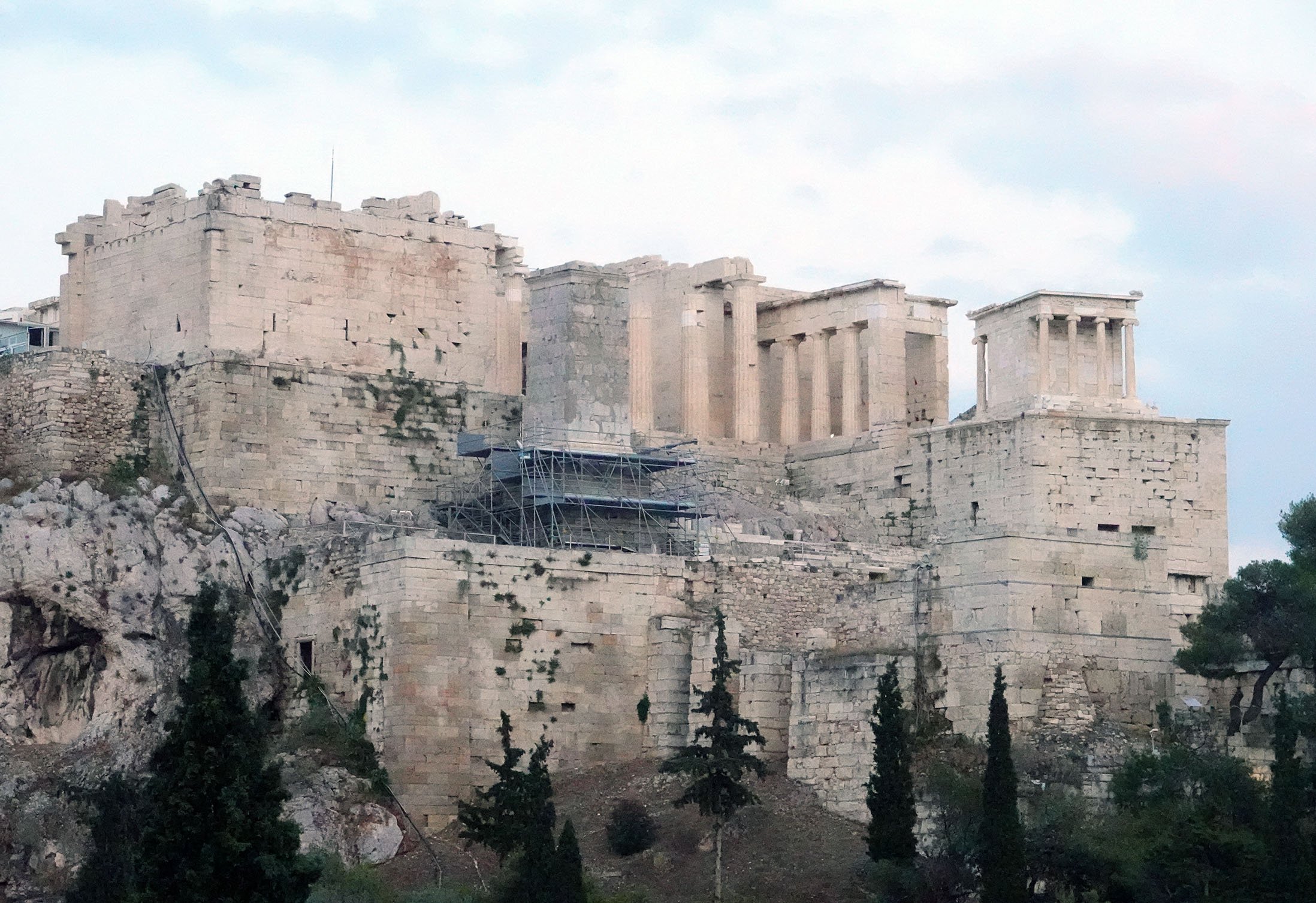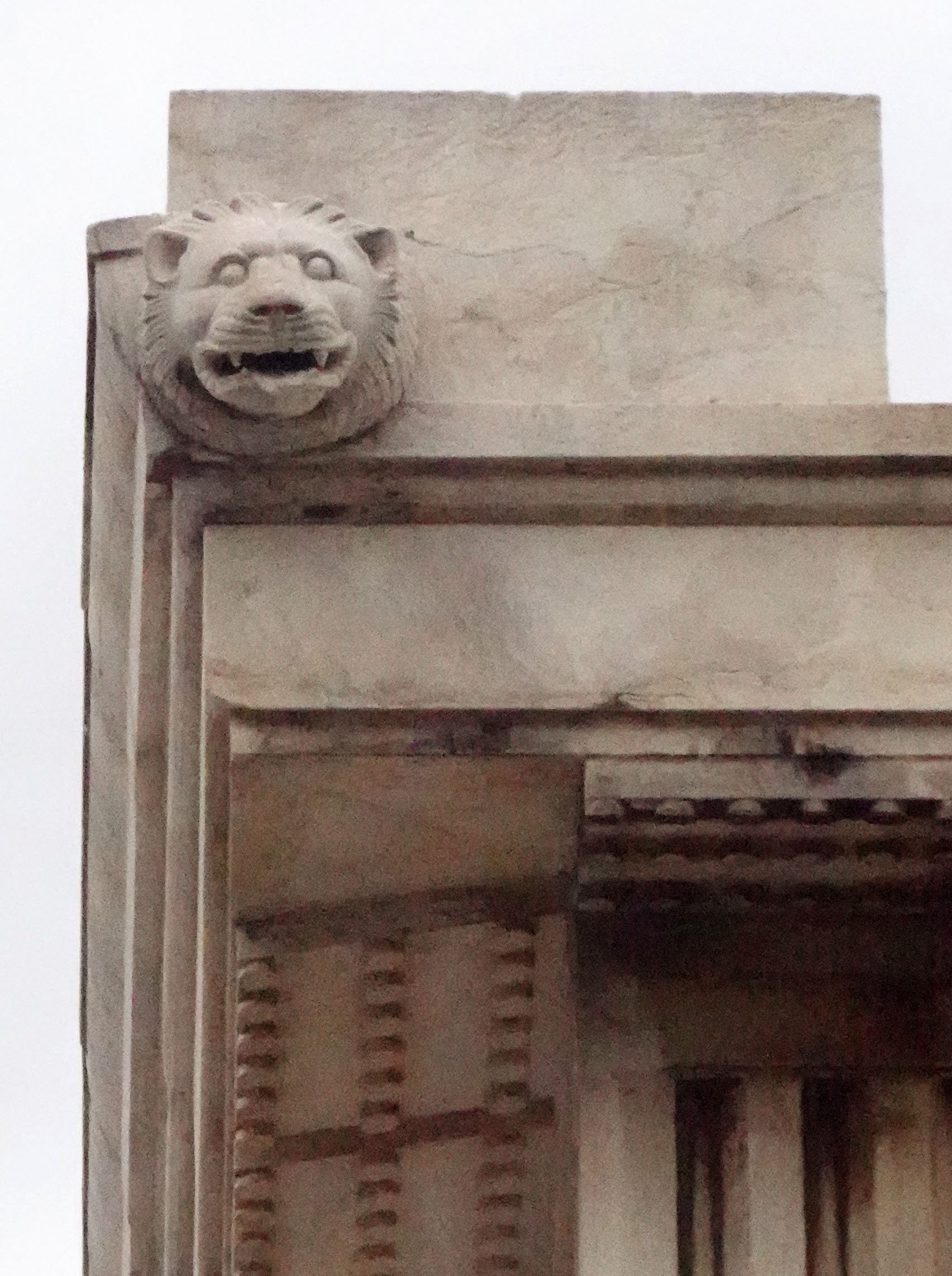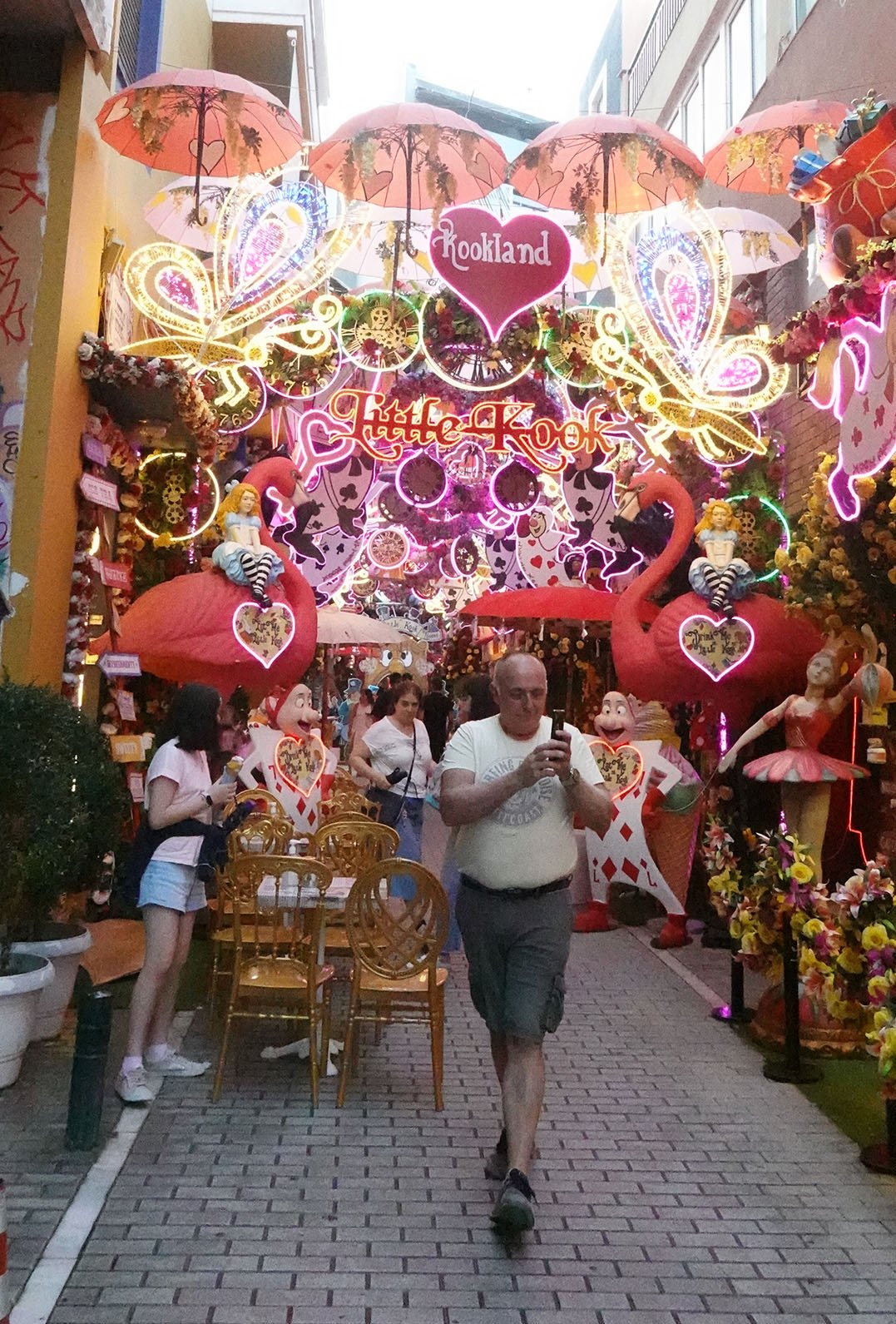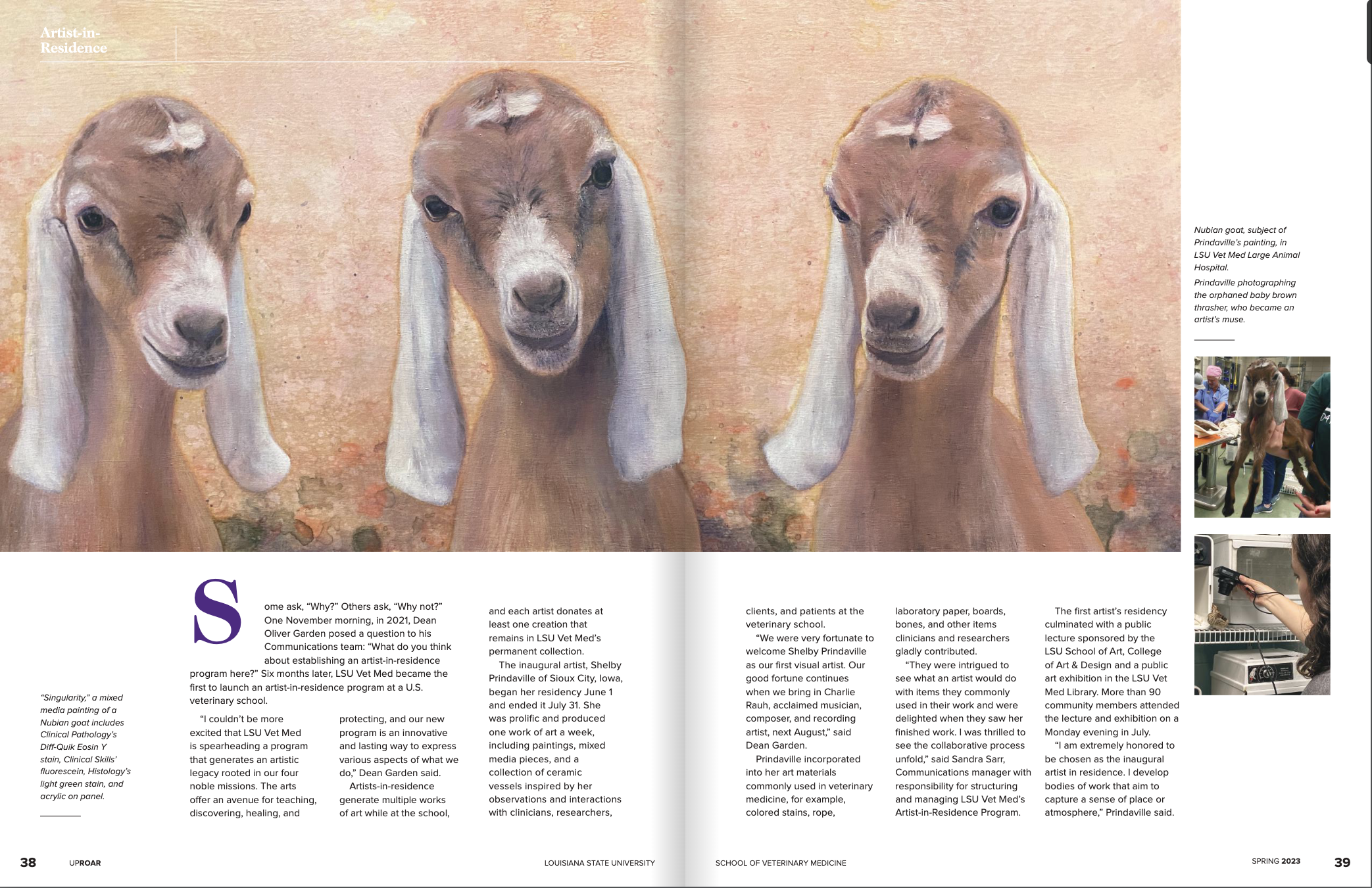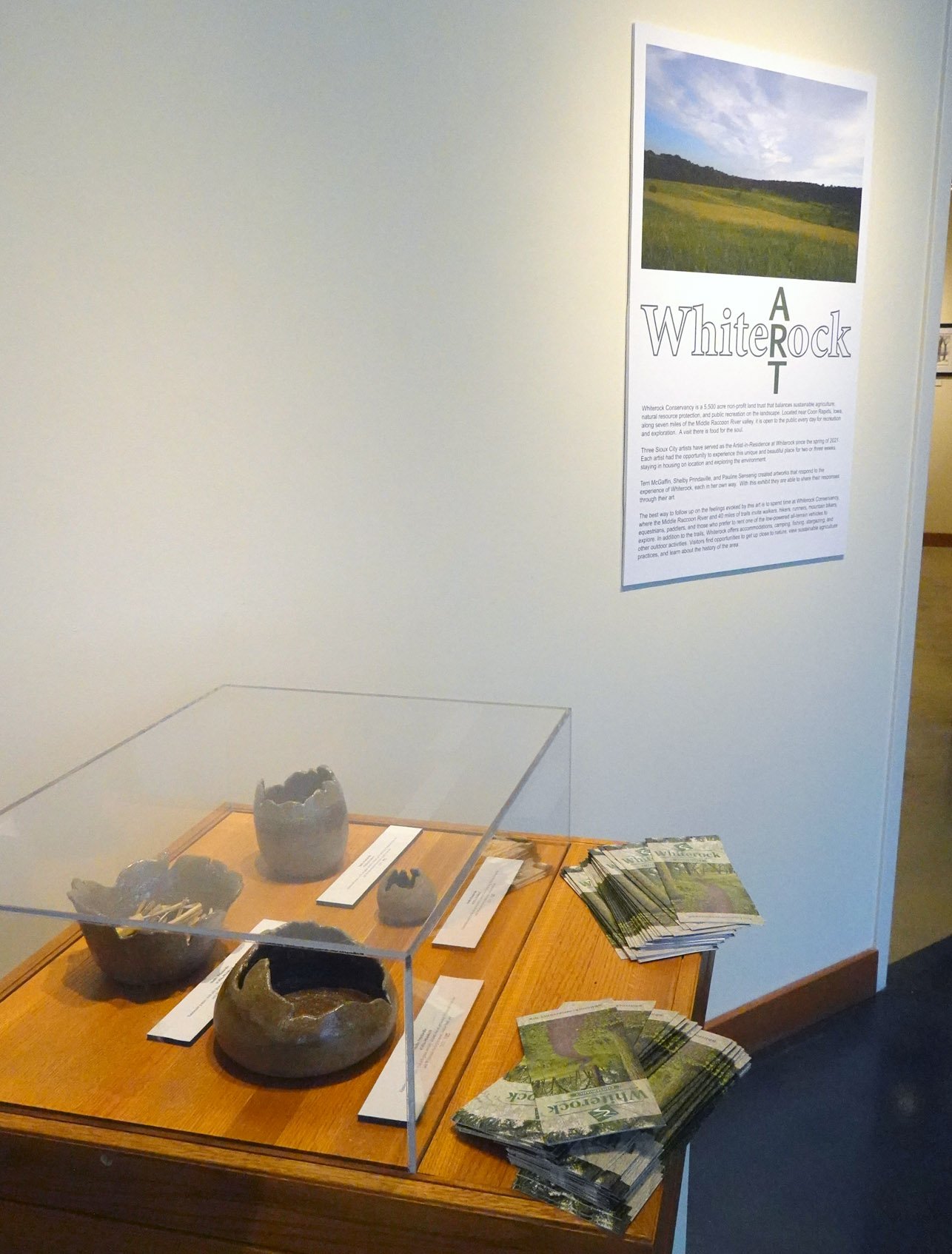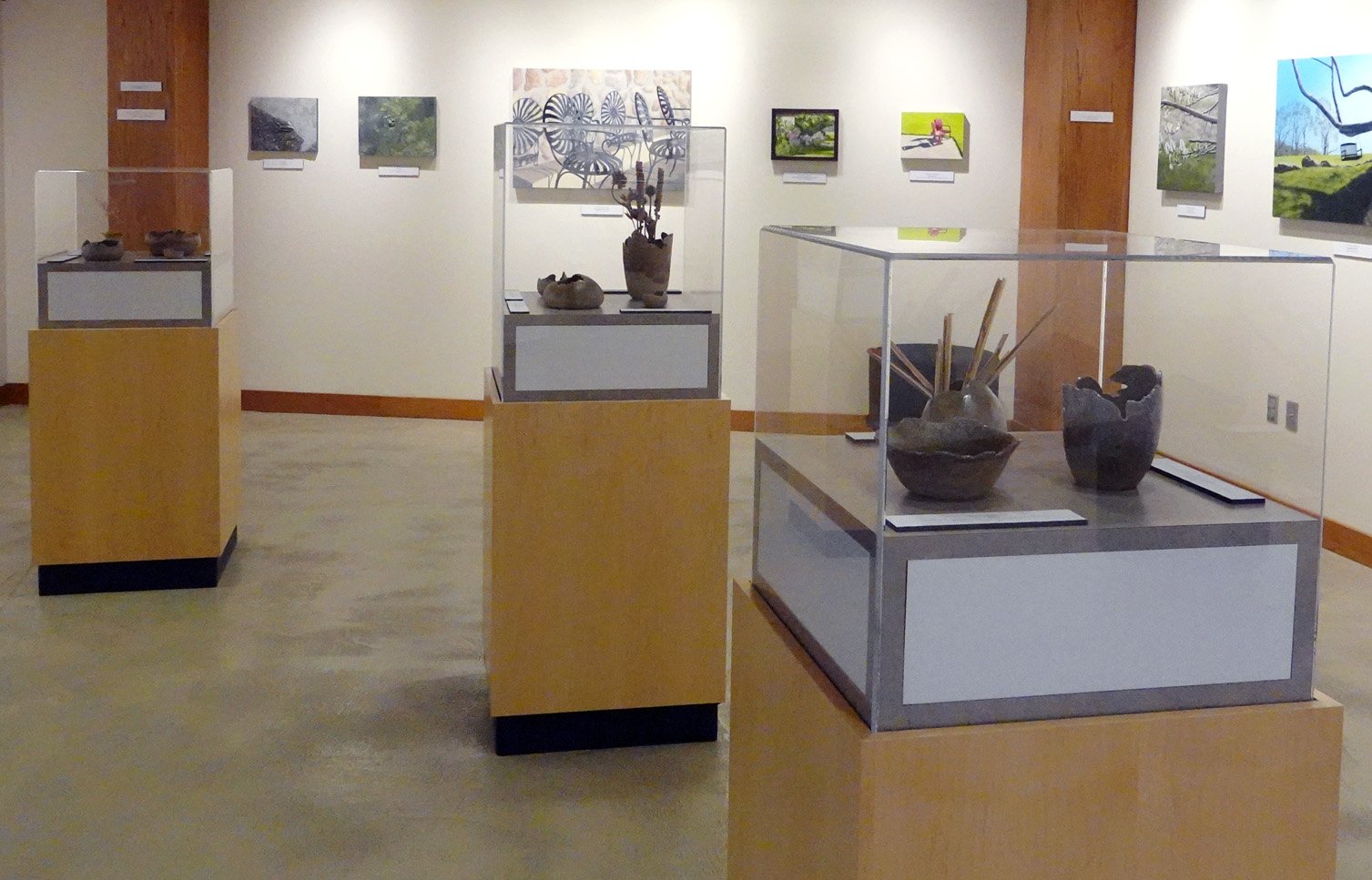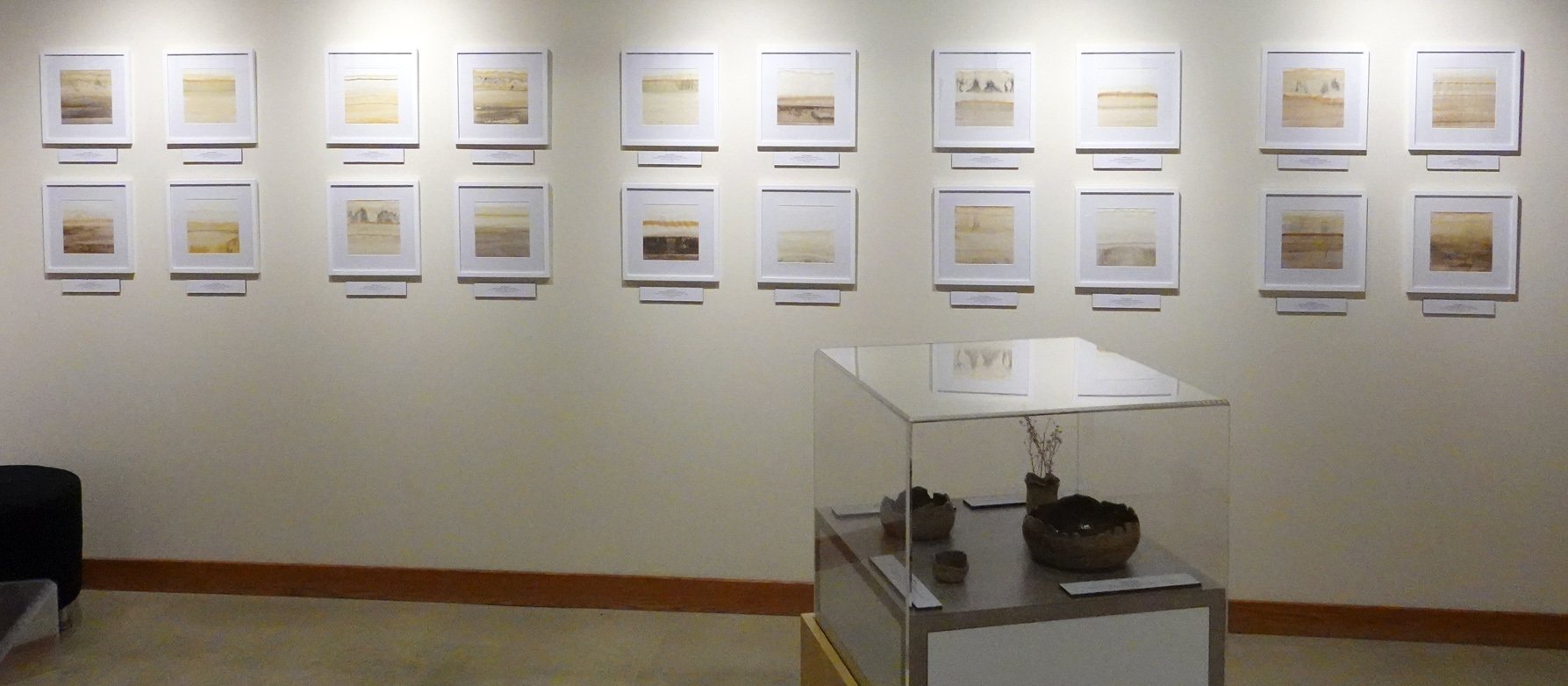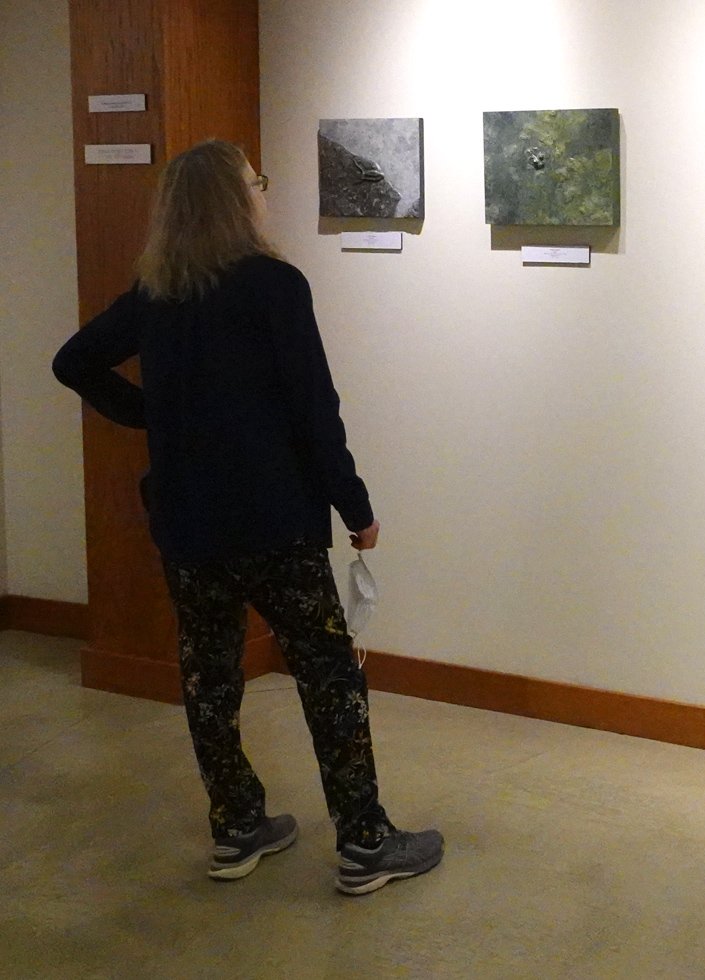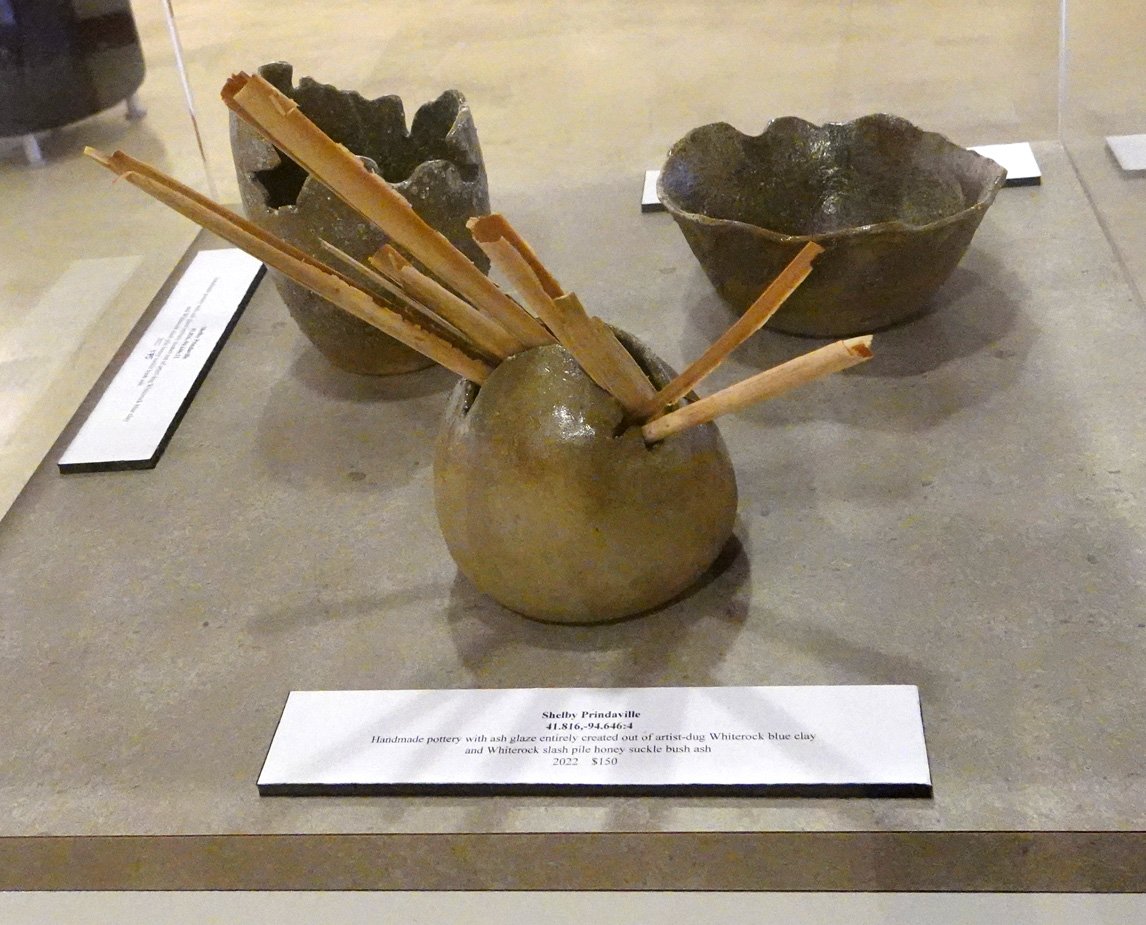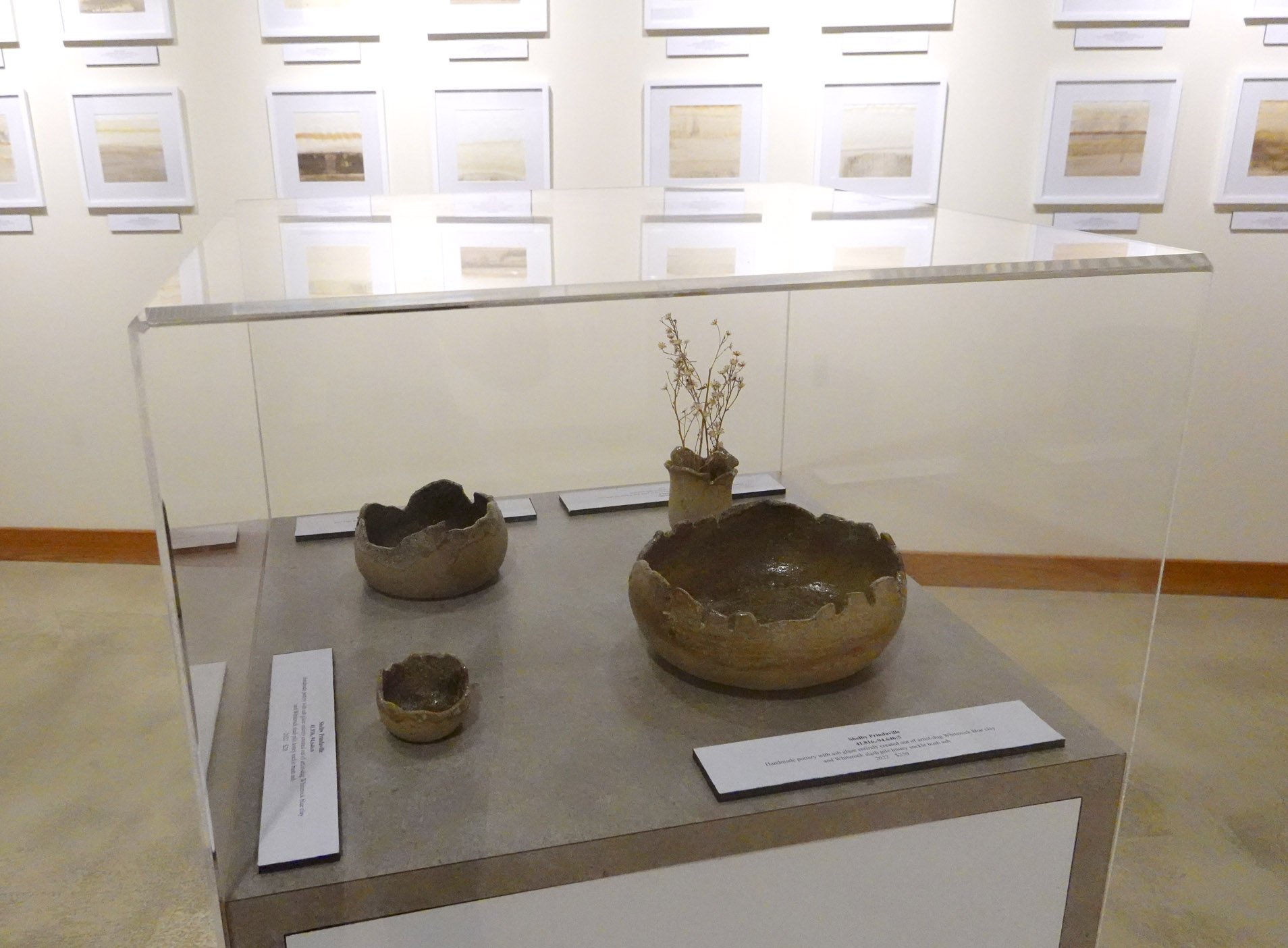I had a studio day on the 19th. I tried to sand more of the tiles with the rotary sander attachment, but the sanding pad gave out after the first one. Dimitri suggested I buy a different, heavier-duty ribbed sanding head, and we went to a neighborhood hardware store to do so. They didn’t have it in stock, but ordered it in for me and said it’d come in later in the week. Then on the 20th I set an alarm for 7:30am, as I was told by people I asked on my previous mountain visit that the tortoises are most active and likely to be seen around 8-9am. Waking up so early and then doing an intense hike first thing isn’t my favored order of events, but I kept telling myself I had a date at “tortoise time” and it helped! This time, I entered the mountain from the place I had exited on my last visit, as I’d been told that it’d be more likely to see tortoises on that side. I had dropped GPS pins on some fountains that I had hoped might attract some tortoises who wanted a drink, but neither had gathered any as I checked them.
I wandered a while without any sightings, and eventually my path crossed with a worker who was swapping out garbage bags. I assumed someone who follows all the trails swapping bags would be a great resource, so I asked her about turtles (in my experience, few people who primarily speak other languages know the word tortoise as most languages just have one word for both turtles and tortoises, and turtles is the much better known English option). She didn’t speak much English but the word and my mimicry of them worked, as she did clearly understand the question. She managed to get across that they are here in general but she didn’t know in specific where any might be, and then she summoned another fellow I’d seen several times over and together they discussed my desire to find turtles, had a meandering conversation that included the local fox that can sometimes be found at night, and eventually lasted long enough for another passerby to arrive - and when they included her in the query, it turned out she was headed for a spot where tortoises frequently hang out in the morning because people feed them lettuce (as she was planning on doing)!
We walked together with her dog to this new site, and it turned out she is British, lives in Athens, and recently spent some time in the USA as well, so we had a lot of conversational topics to explore. When we eventually arrived, we were in luck! There were two tortoises already feasting on some lettuce, and she added hers to the mix. I took a bunch of photos, and after a spell a hoopoe showed up so I paused to photograph it. This hoopoe didn’t let me get as close as my previous one had, but my camera settings were way better, so overall I got a few decent shots. Then I went back to photographing the turtles, but by this time a group of locals showed up to add fruit to the pile and they had a bunch of dogs with them, one which would not stop barking at anyone who wasn’t in their group (including me), so I didn’t hang around too much longer though I did make the acquaintance of Giselle, a cute, friendly puppy, when she plopped herself into my lap while I was trying to photograph the tortoises.
The next day, I decided to visit the National Archaeological Museum. It is an immense collection that takes several hours to explore, and while I did the whole thing at once, I think there’s a limit to how much you can really register and retain, and to do it properly you might want to do it in three or four visits. I really enjoyed seeing how they exhibited partial finds (like frescoes or vases that were broken, needed to be pieced together, and were missing segments), and I was reminded of how beautiful oxidized bronze is. My one complaint is that they have no water fountains anywhere; you have to order and pay for water in the basement cafe (which has a permanently long line) or drink from your hands from the bathroom sinks.
I then spent more time in the studio! The new sanding head came in on Thursday, and I picked it up that evening. The next day, I tried it out on a piece of concrete first to get the feel for it (and it powered through the concrete). I then tried it on a tile, but it just buffed it so that too was a no-go. In between all of these and my previous attempts, Dimitri and the other artists in residence tried to help brainstorm but also kept suggesting that what I wanted to do was impossible. I credit my ceramics knowledge with the fact that I knew it wasn’t! I bought a new velcro head and 4 sanding heads of 40- and 60-grit, and went at the tiles again. This time, I got through almost all of the top layer of the glaze (but left a lower layer intact but now much more receptive to paint)! It turns out, the brand new sanding pad and velcro head were successful (though I also still think liquid/cream etching acid would have worked a treat). I did need to use a new sanding pad per tile, as the irregular surface meant I needed to use the very edge of the pad to get into the lower areas and that quickly ate up the perimeter, but the pads only cost 50 cents each so that was a reasonable expenditure. I went back to the hardware store and bought another 6 pads, and sanded away.
On the 25th, I decided to visit the Sunday Monastiraki flea market and then walk through the touristy shops of Plaka. The flea market was a bit of a disappointment, in that it’s mostly fixed tourist shops, a few antique stores, and a handful of street vendors, but the tourist shops throughout both neighborhoods went on and on. Most of them sold approximately the same type and range of goods, but every so often you could find one that had different wares. The prices in these neighborhoods were astronomical though. A tablecloth I liked cost 80€, a decorative plate cost 26€… it was clear you’d pay a large markup for anything you wanted. The main tourist shops included olive wood stores (featuring various cutting boards, serving tools, games, etc. made out of olive wood), jewelry stores, shoe stores, general tourist shops with shot glasses, mugs, dishes, statuettes, bags, and T-shirts, and edible gift stores with boxed baklava, halva, teas, and olive oil. There was also the occasional bookstore and art gallery mixed in.



